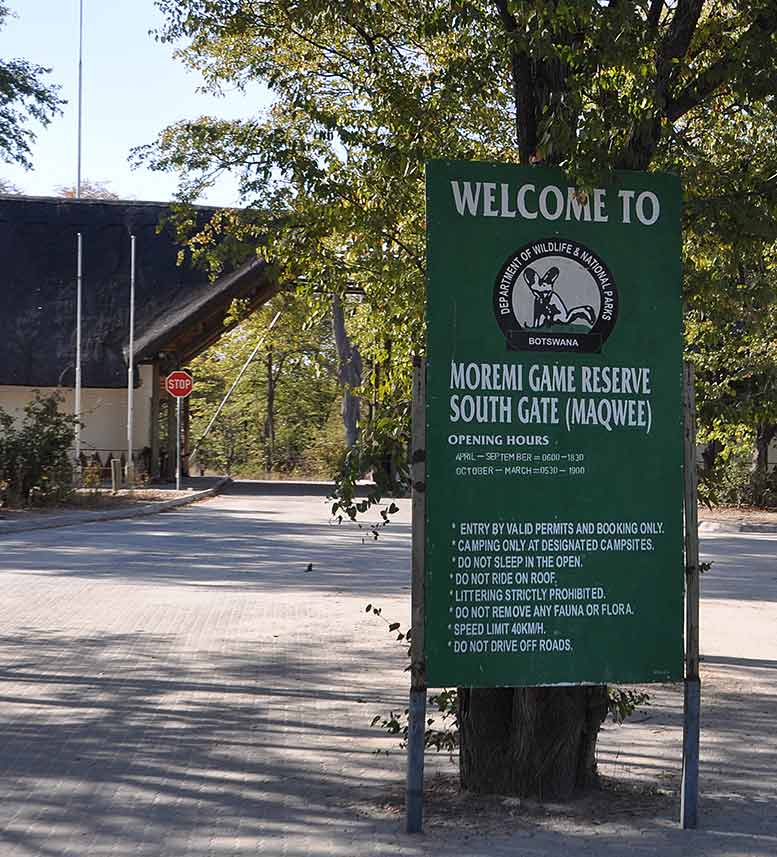
The south gate entrance
After being picked up by the safari guide at Maun Airport, we immediately took off heading north toward the first destination, the Moremi Game Reserve. I visited here in 2004 and liked the area very much, but wildlife viewing could have been better back then. So my expectation for the first two nights here were not particularly high in terms of wildlife photography. Oh my, was I wrong! This was obviously a splendid time of year to visit, in the middle of the dry season, and we got to see a lot of game.
We stayed in the Xakanaxa / 3rd Bridge Area. The camping facilities were much better than I expected. The tents were spacious and came with a bed with a comfortable mattress, and in the back of the tent there were a separate "bathroom" complete with a toilet and a field shower! The safari crew included three people in addition to the guide. One chef, one in charge of moving the camp and driving a truck, and one in charge of servicing the guests. All four were very nice people, providing a perfect backdrop for a pleasant safari. And with only three guests, everything looked perfect for a successful trip in the back country.
In 1962, the Moremi Game Reserve, covering a third of the Okavango Delta, was set aside to protect it for the future. The area encompasses a large area of the Delta's wetlands and the main dry peninsula that juts into the Delta, known as the Mopane Tongue. Moremi protects the core of the Okavango Delta. This region is lush and varied – a patchwork of lagoons, shallow flooded pans, plains and forests. It is one of Africa's finest areas for wildlife, with particularly high game densities.
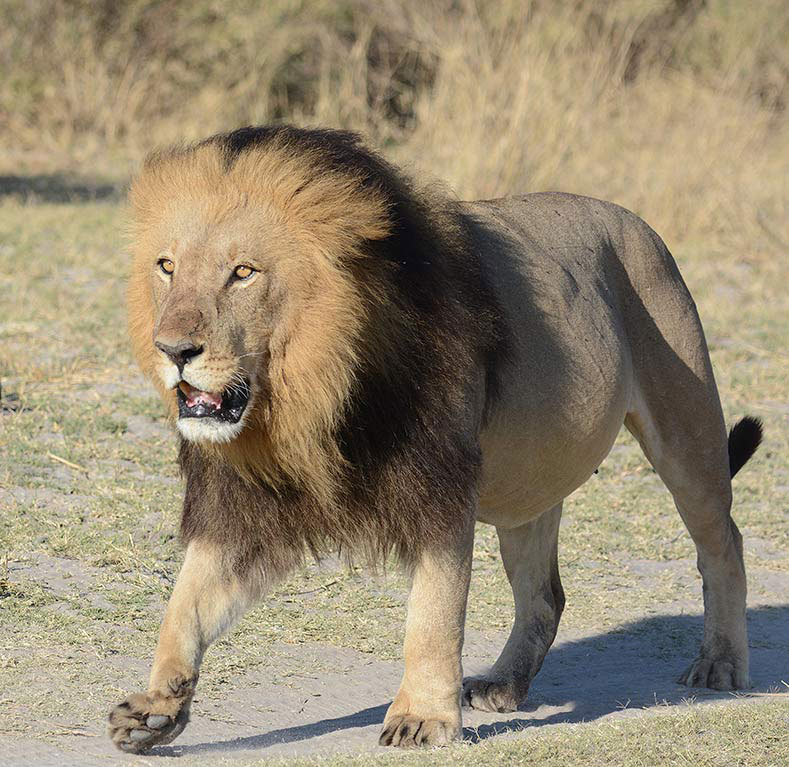
Patrolling male lion. Three big males were responding to the roaring lions following a herd of buffalo's. They looked very determined. Time for a show-down! The lion subspecies found in Northern Botswana is the Southwest African lion (Panthera leo bleyenberghi)
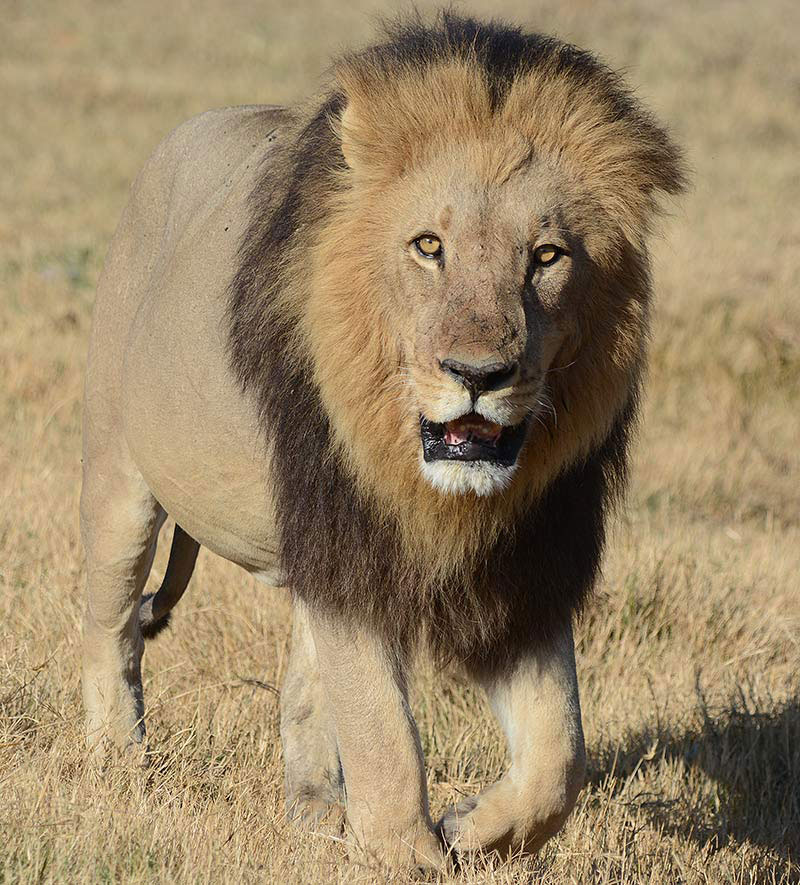
This was the biggest of the three males. And the only one to glance at the people, like saying, get out of my way!
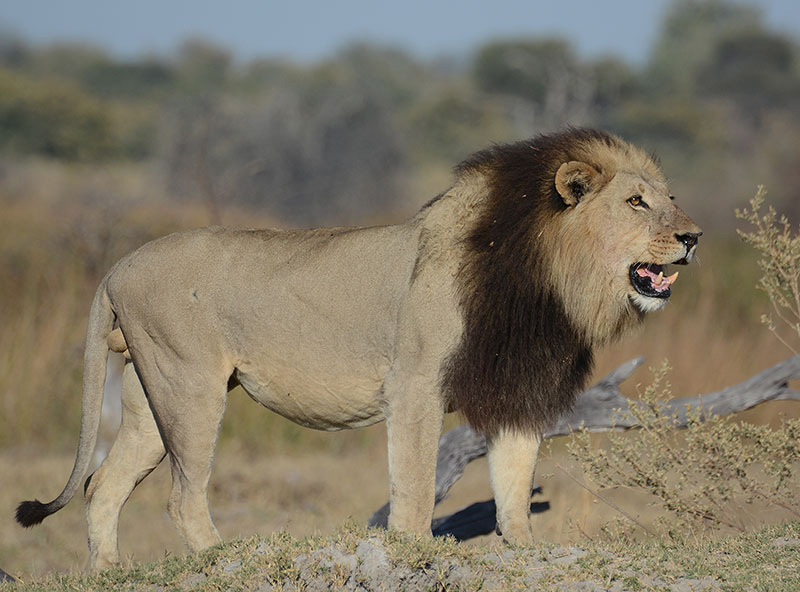
Junior member of the coalition of three males
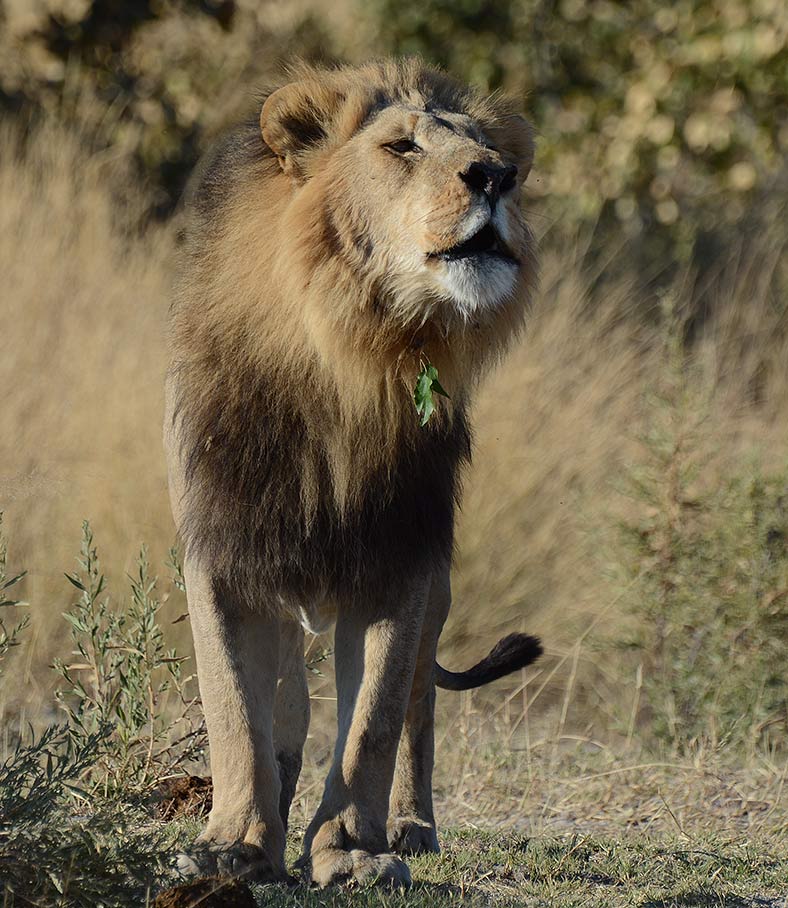
Second junior member. But it still wants to eat you if he gets the chance
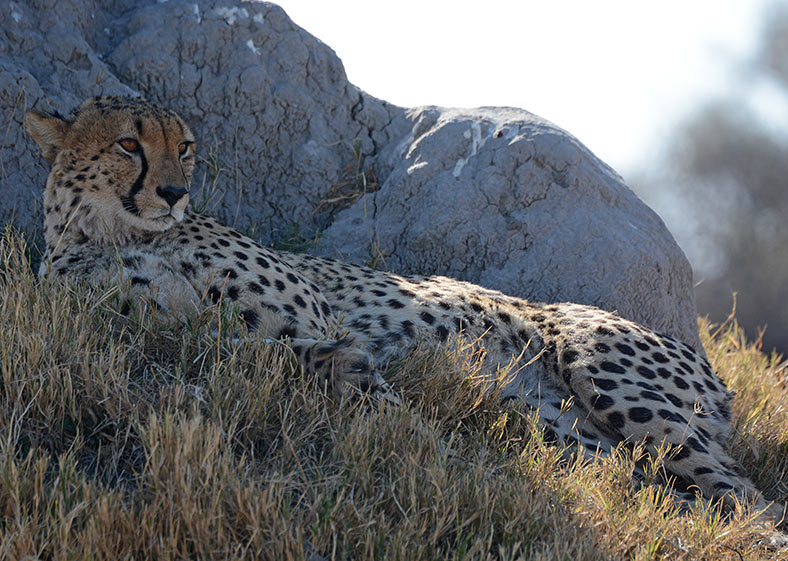
South African Cheetah (Acinonyx jubatus jubatus) relaxing in the shadow of a termite mound
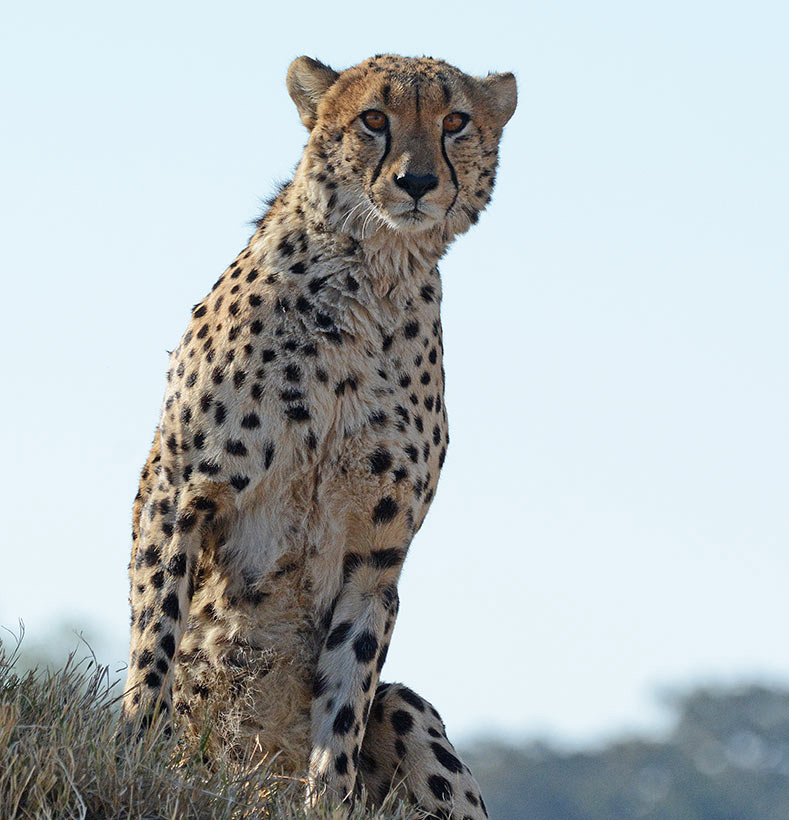
Is dinner approaching?
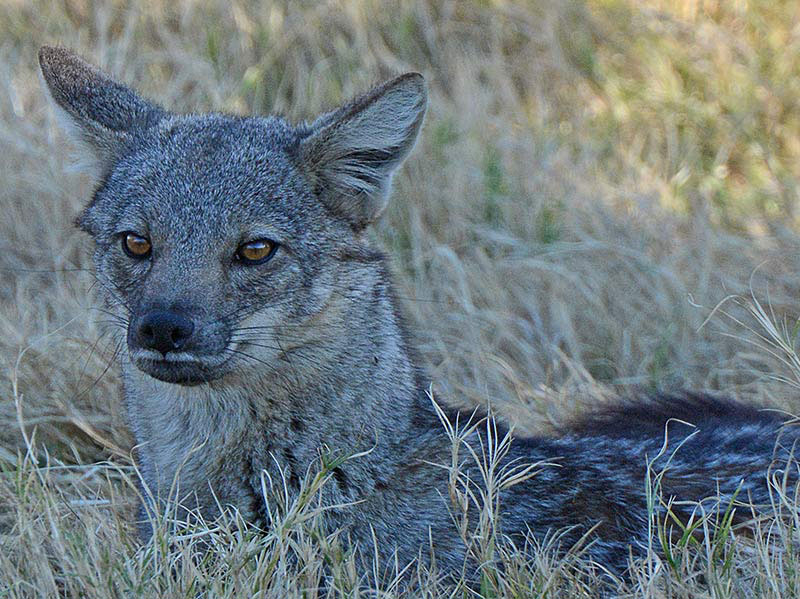
Striped Jackal relaxing
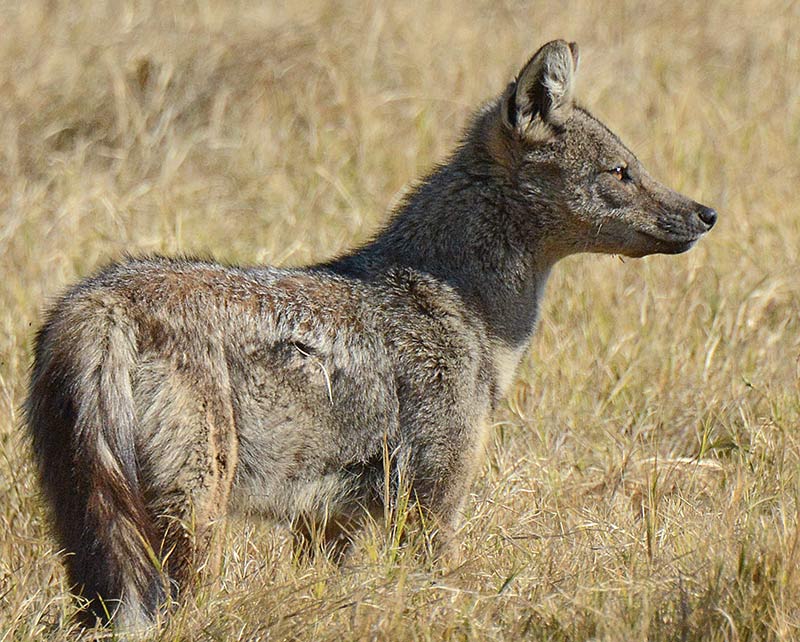
Striped Jackal
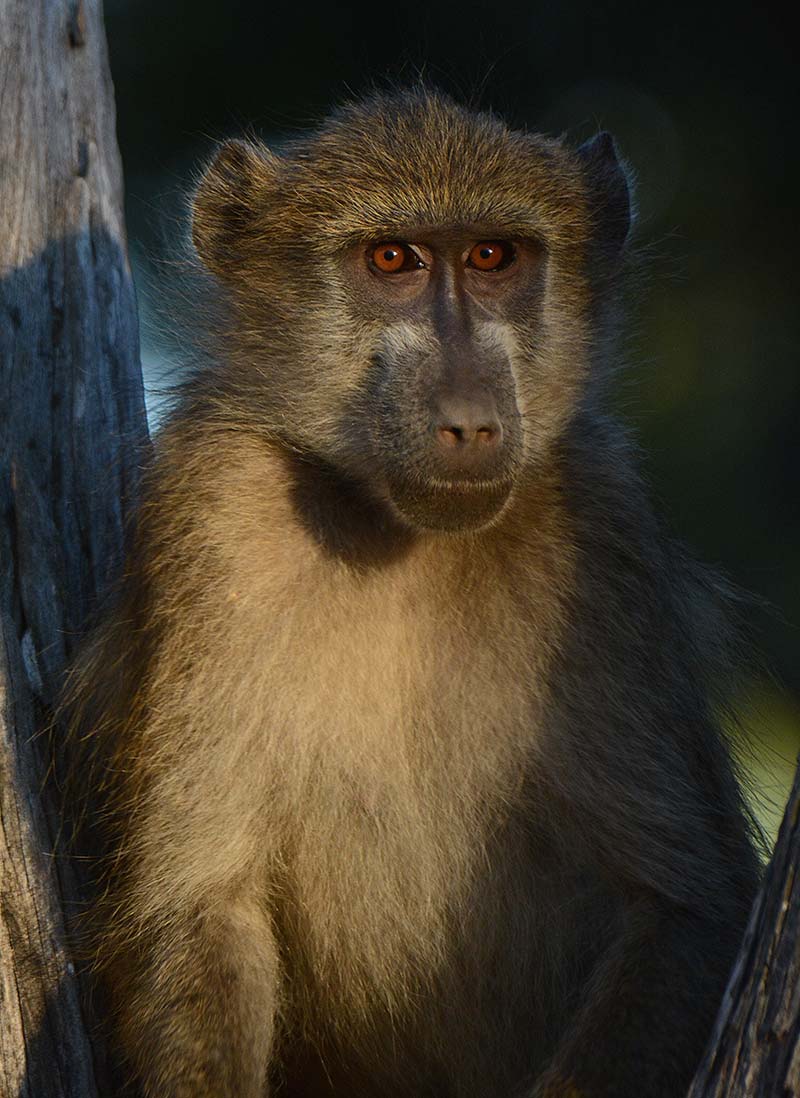
Chacma Baboon
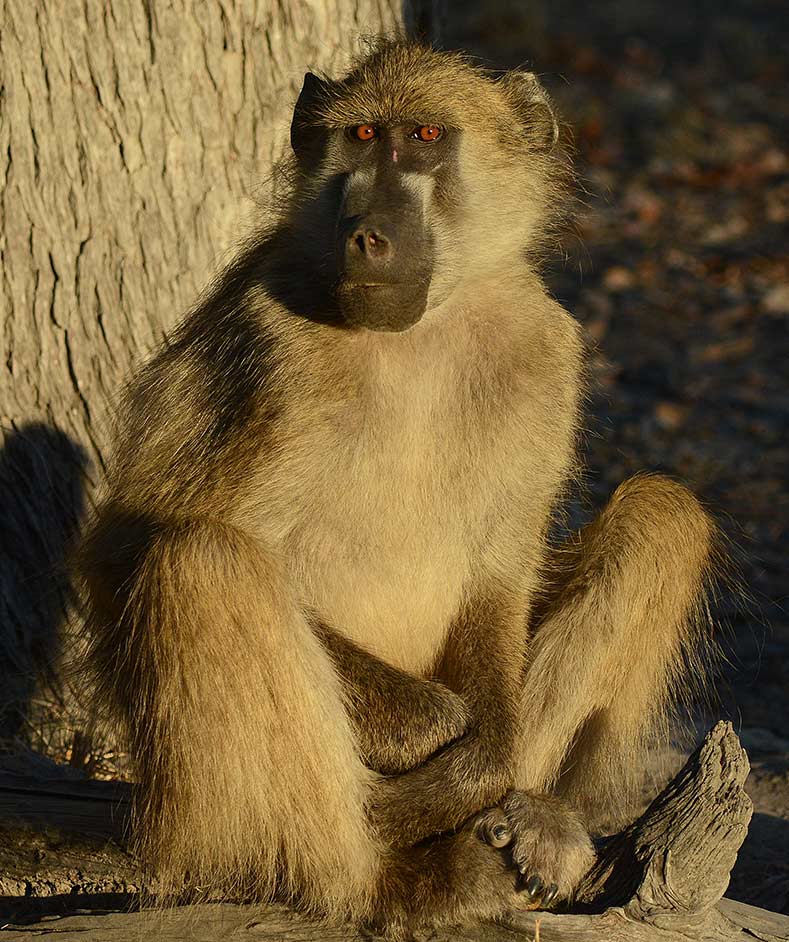
Chacma Baboon in the early morning sun
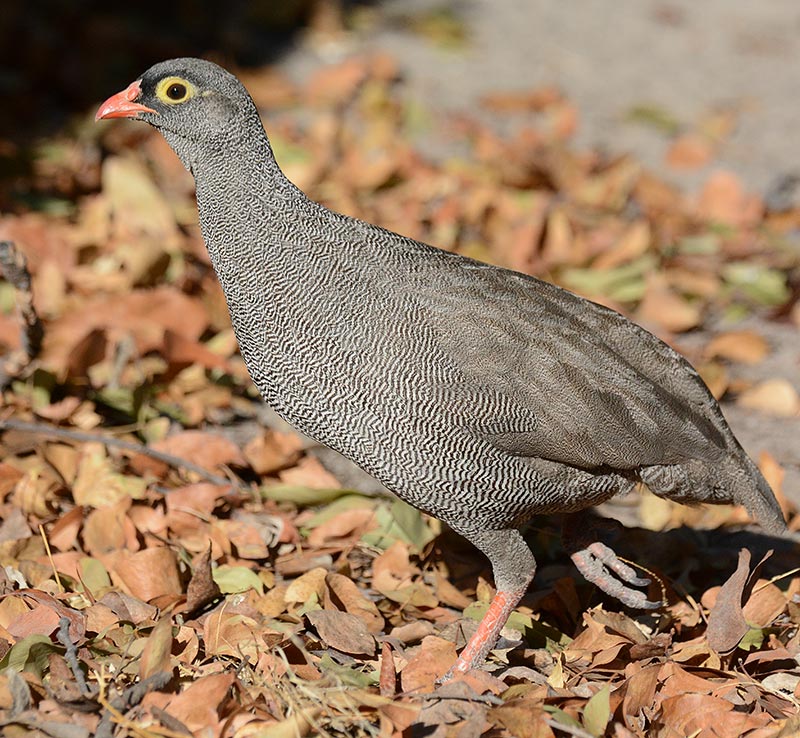
Red-Billed Spurfowl (Pternistis adspersus)
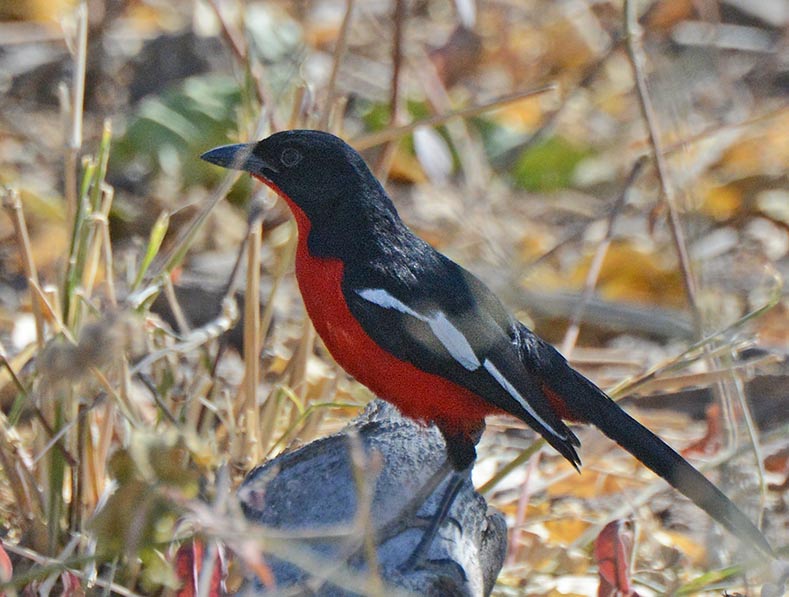
Crimson-Breasted Shrike (Laniarius atrococcineus)
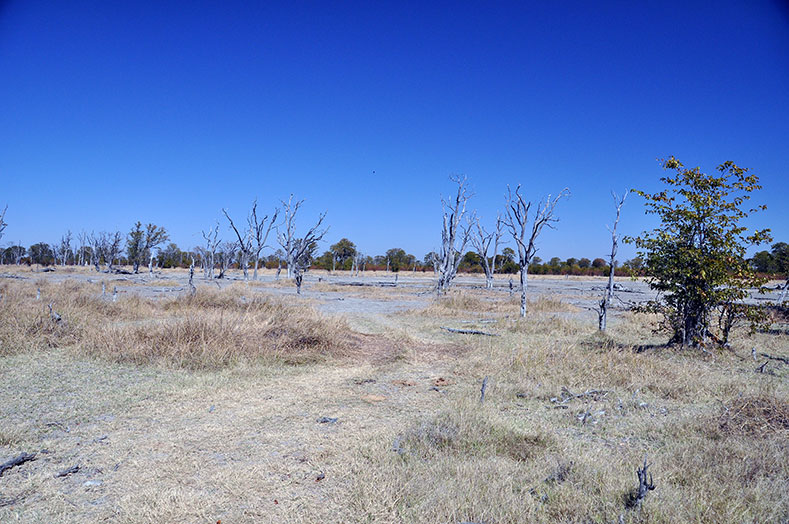
Dried-out Okavango plain
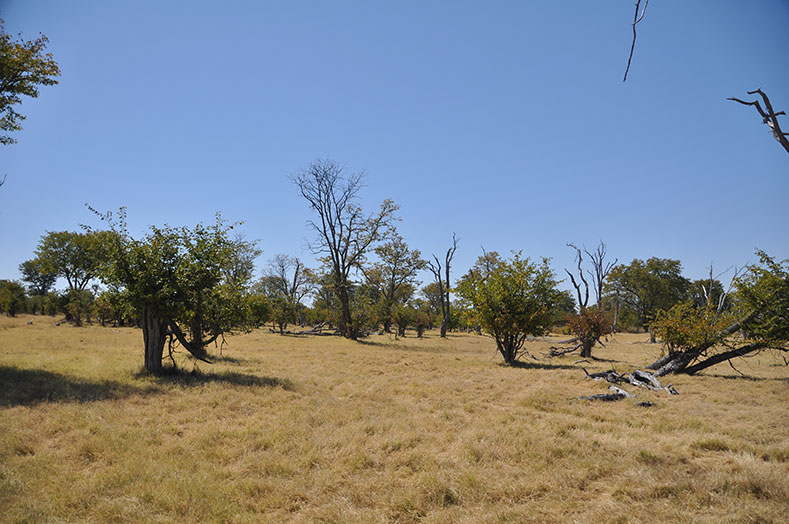
Winter with dry grass
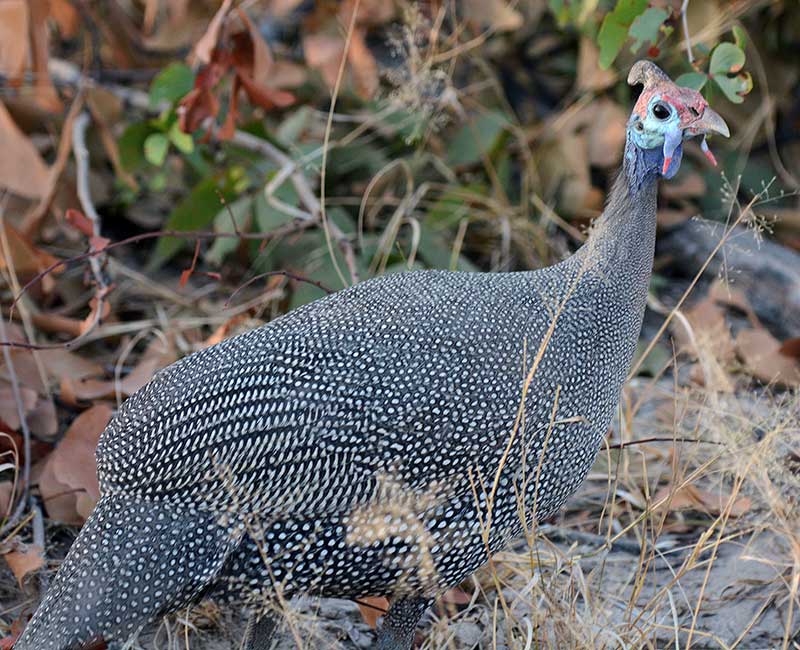
Helmeted Guineafowl (Numida meleagris)
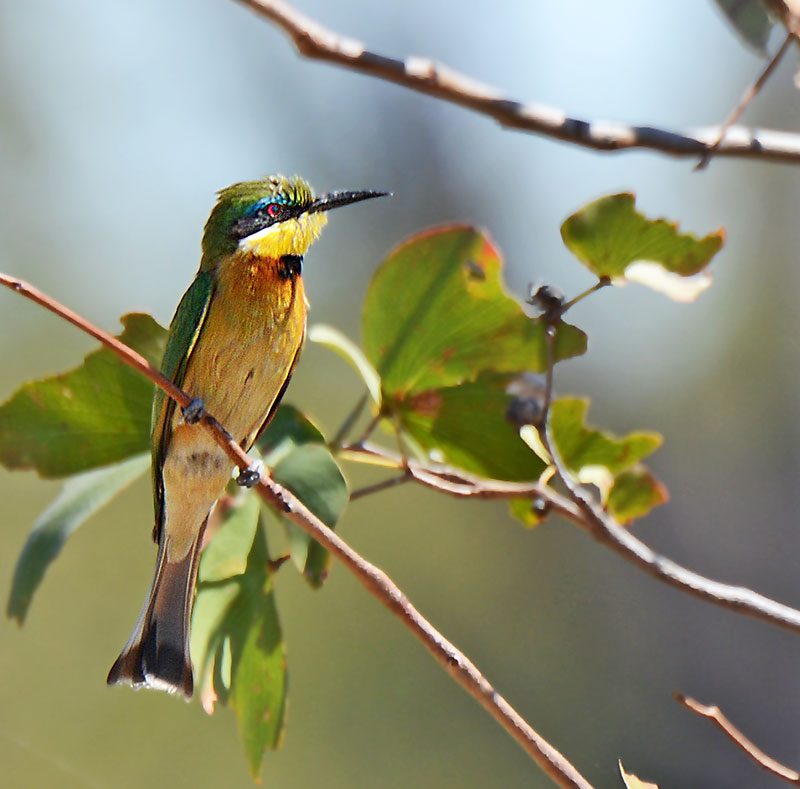
Little Bee-Eater (Merops pusillus)
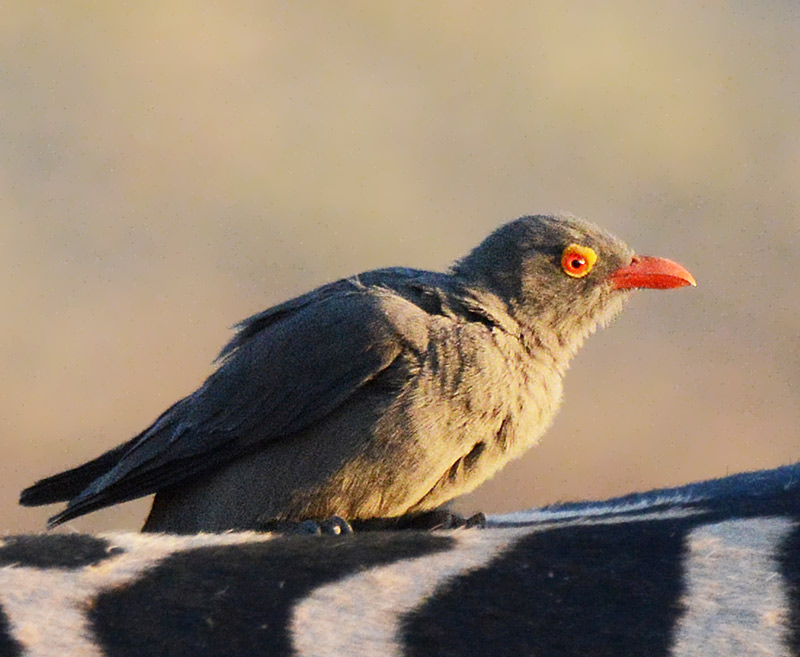
Red-Billed Oxpecker (Buphagus erythrorhynchus)
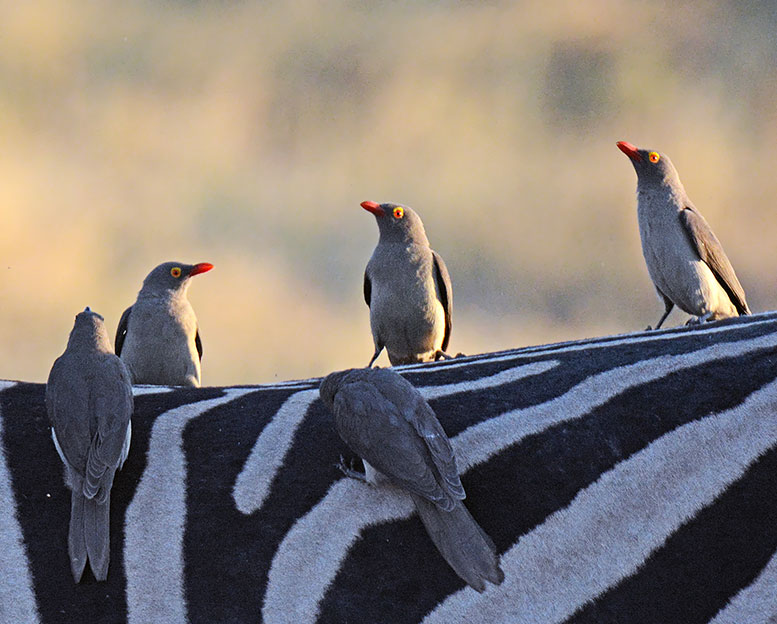
Red-Billed Oxpecker party
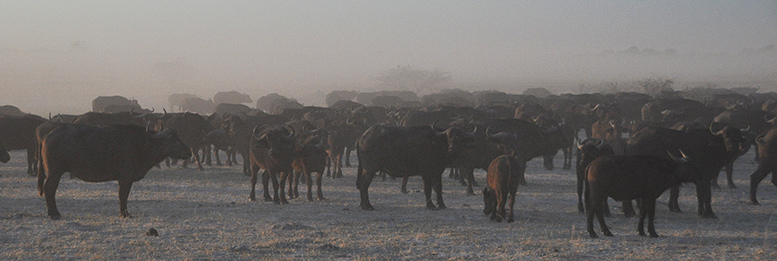
Buffalo's at dawn. The herd was followed by a pride of lions with a roaring male
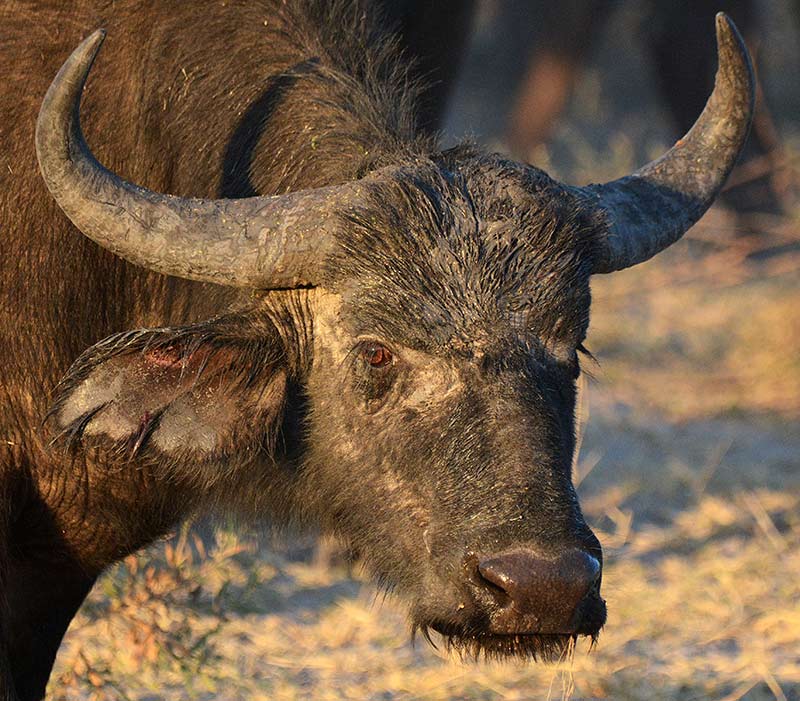
Cape Buffalo (Syncerus caffer caffer) is the largest African Buffalo subspecies
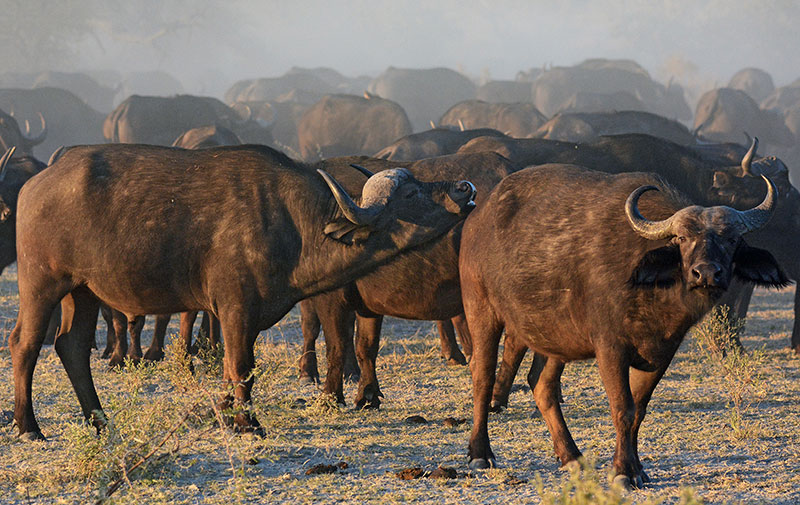
Buffalos
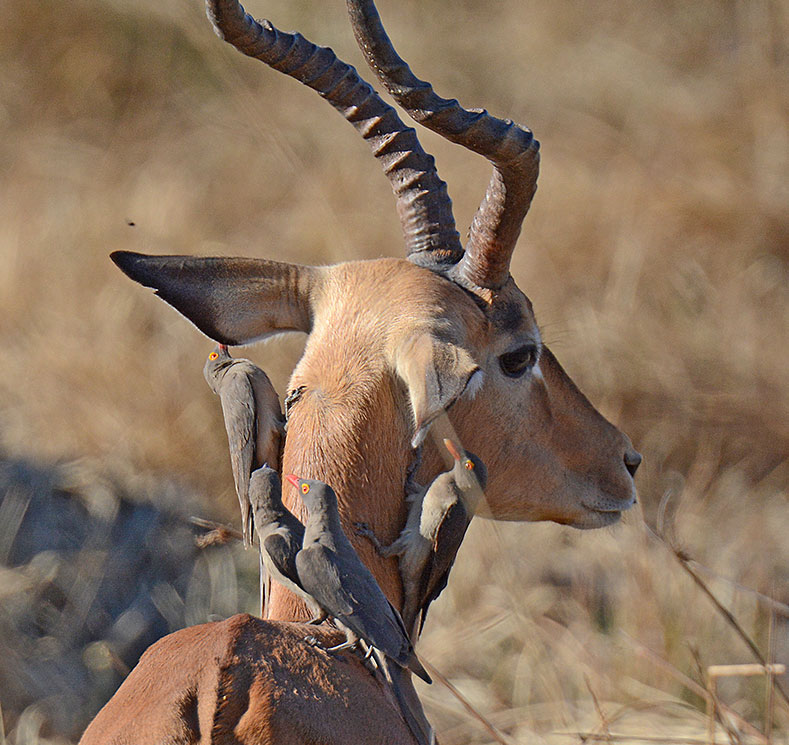
Festering Oxpecker's, here on a male Impala
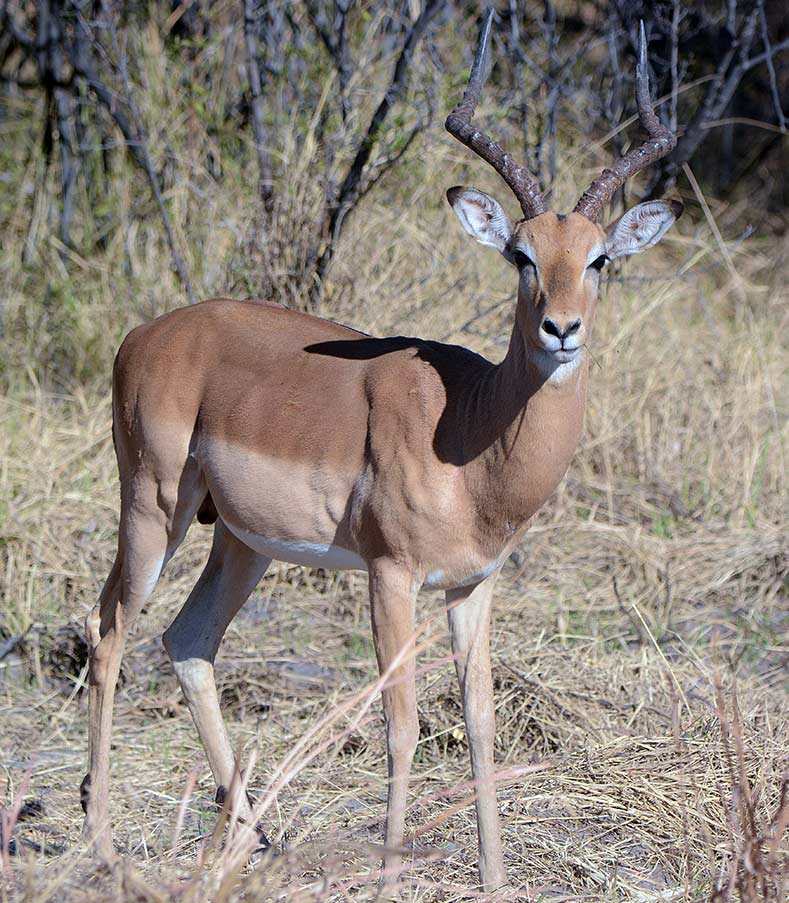
Southern Impala (Aepyceros melampus melampus). The southern impala is smaller and duller in color than the East African Impala, and has shorter, slimmer horns that usually are not more than 30 cm apart at the tips
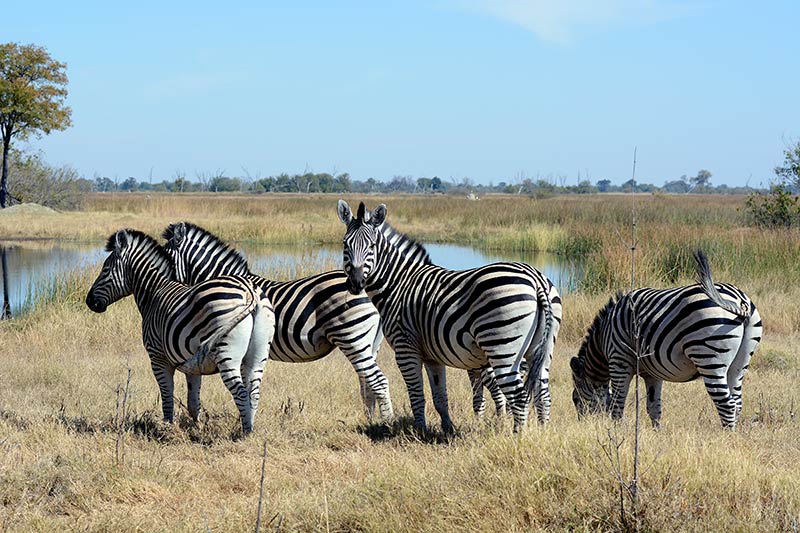
Okavango Delta Burchell's Zebra (Equus quagga burchellii)
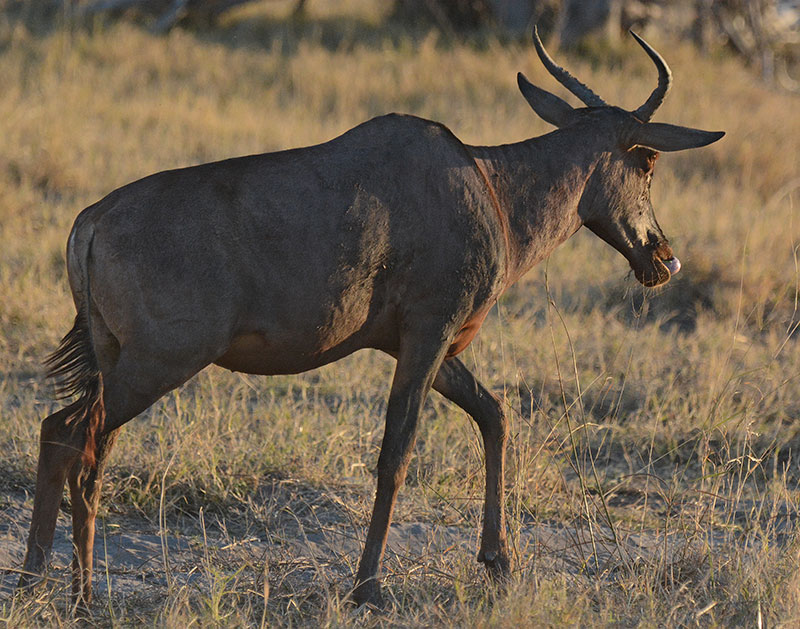
Tsessebe (Damaliscus lunatus lunatus). Five subspecies of the Tsessebe group is usually recognised, of which the Tsessebe in Southern Africa and the Topi in Eastern Africa are the most common
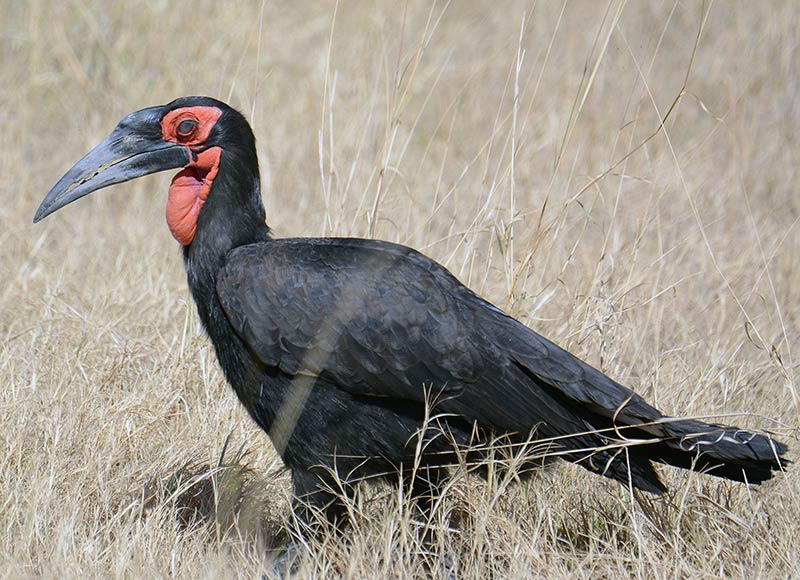
Southern Ground-Hornbill (Bucorvus leadbeateri)
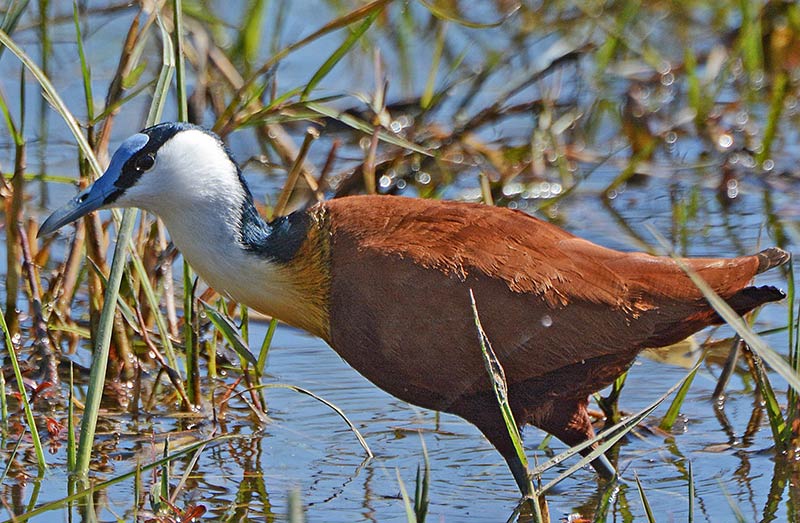
African Jacana (Actophilornis africanus)
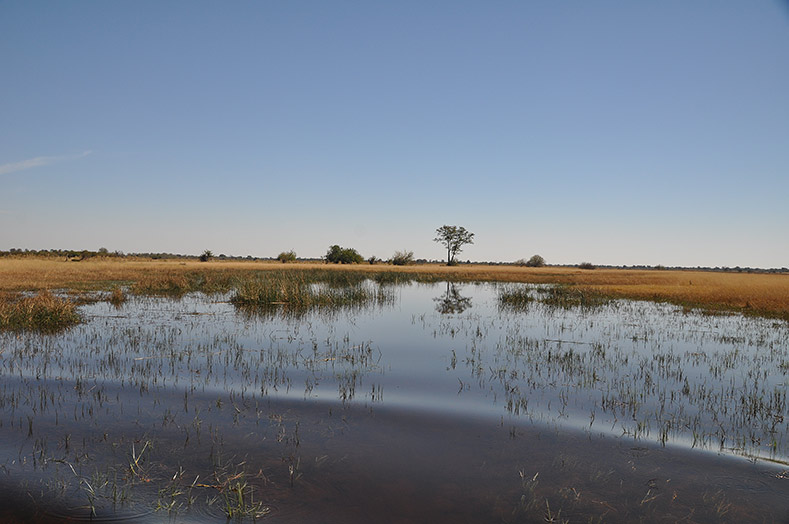
Okavango Delta flood-plane
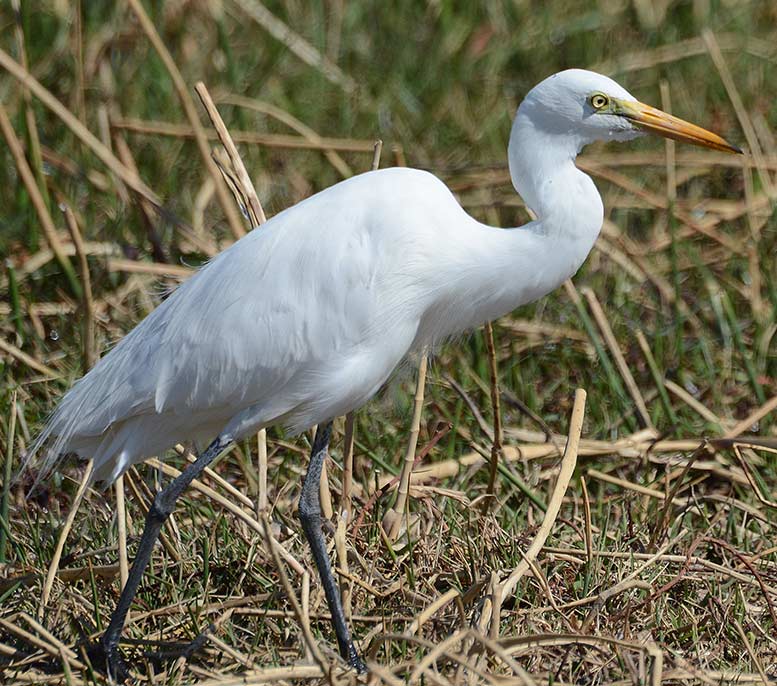
Yellow-Billed Egret (Ardea brachyrhyncha)
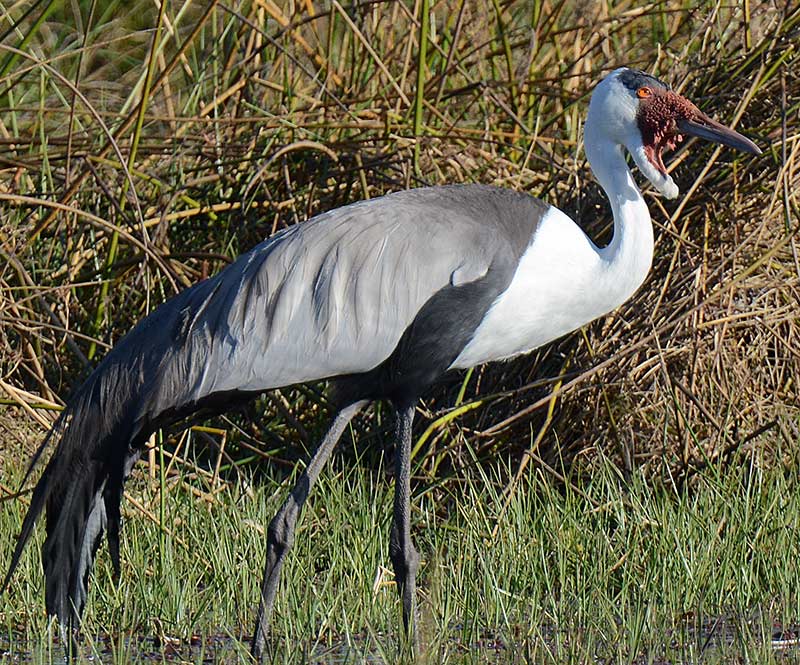
Wattled Crane (Bugeranus carunculatus), one of the Okavango Delta specialties
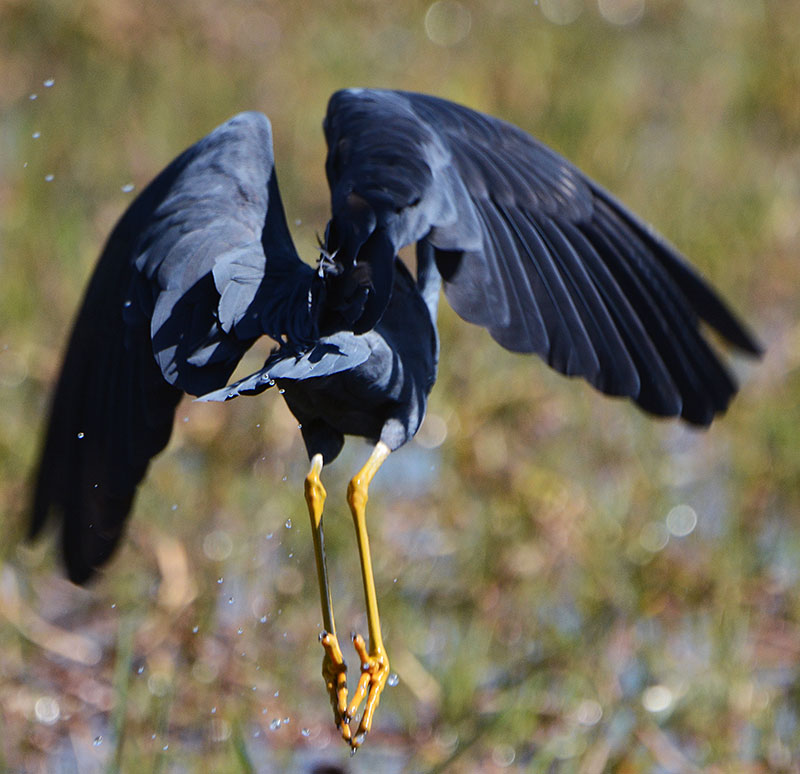
Another Okavango Delta specialty, the Slaty Egret (Egretta vinaceigula). Unfortunately, this was the best photo I got ...
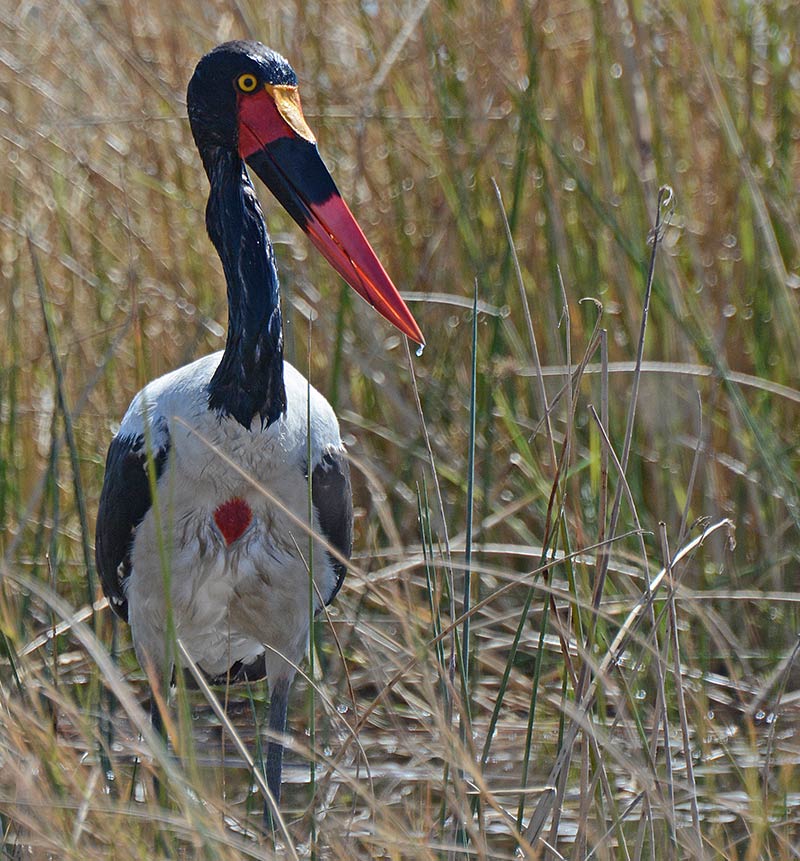
Saddle-Billed Stork (Ephippiorhynchus senegalensis)
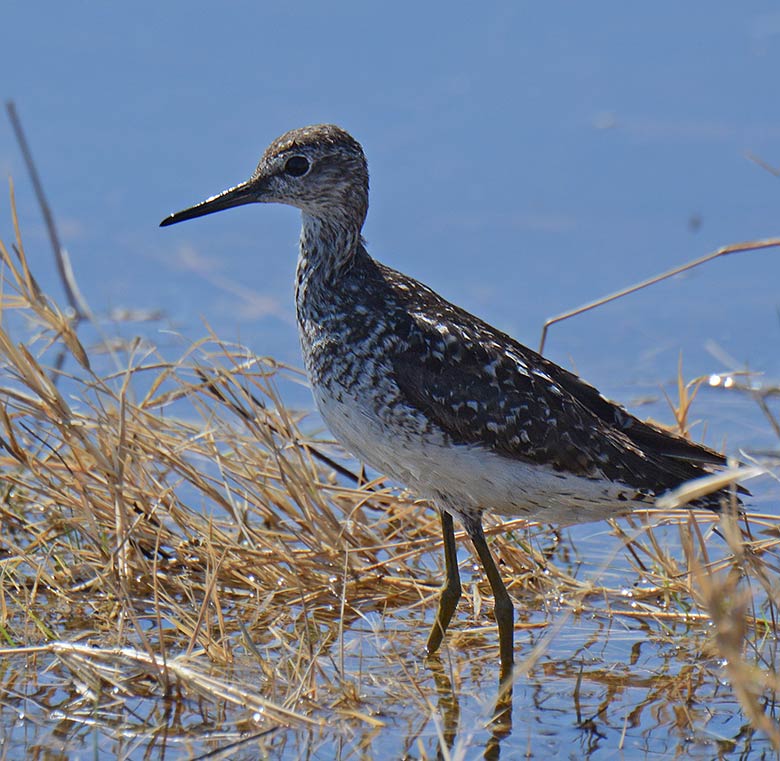
Wood Sandpiper (Tringa glareola)
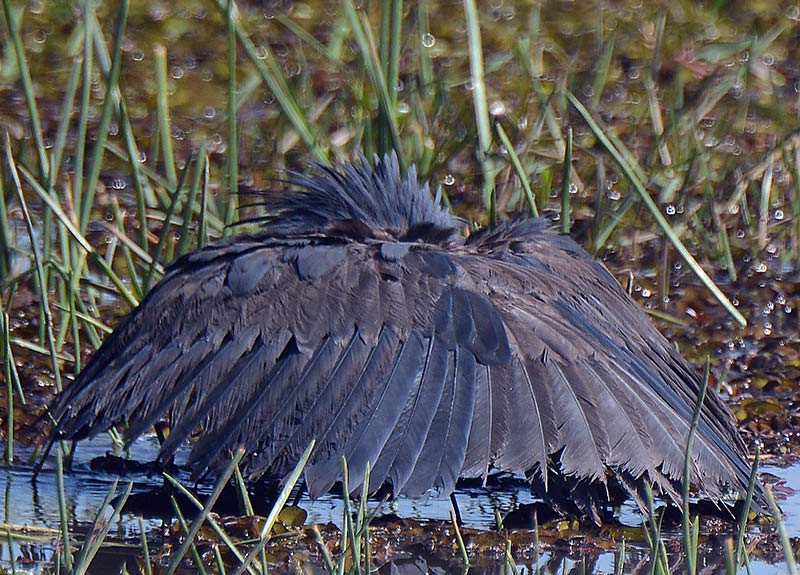
A fishing Black Egret (Egretta ardesiaca)
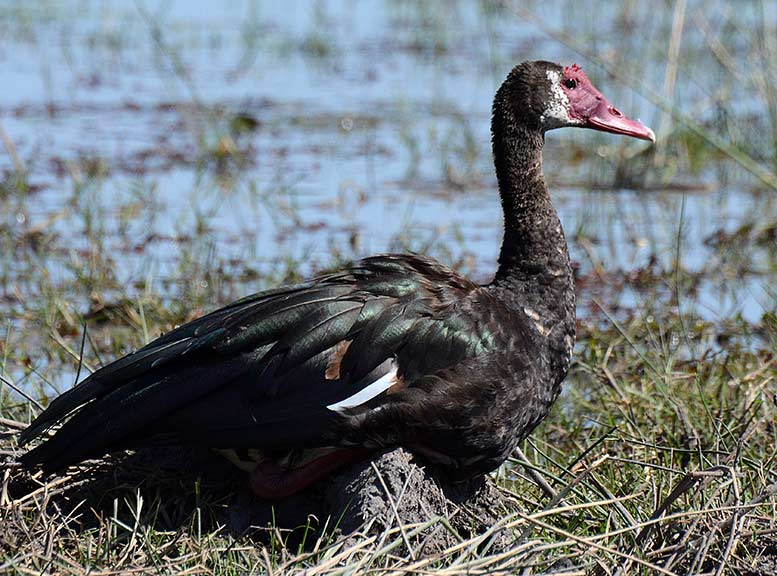
Spur-Winged Goose (Plectropterus gambensis)
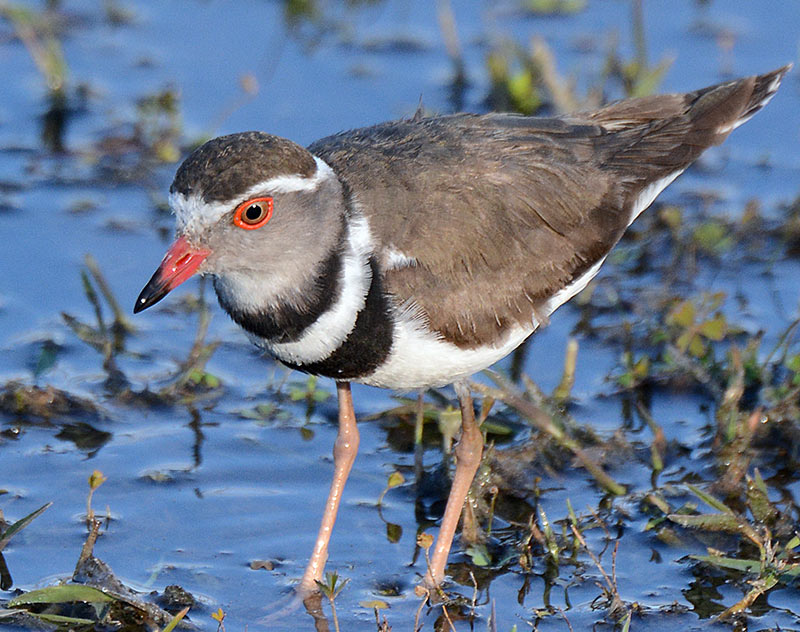
Three-Banded Plover (Charadrius tricollaris)
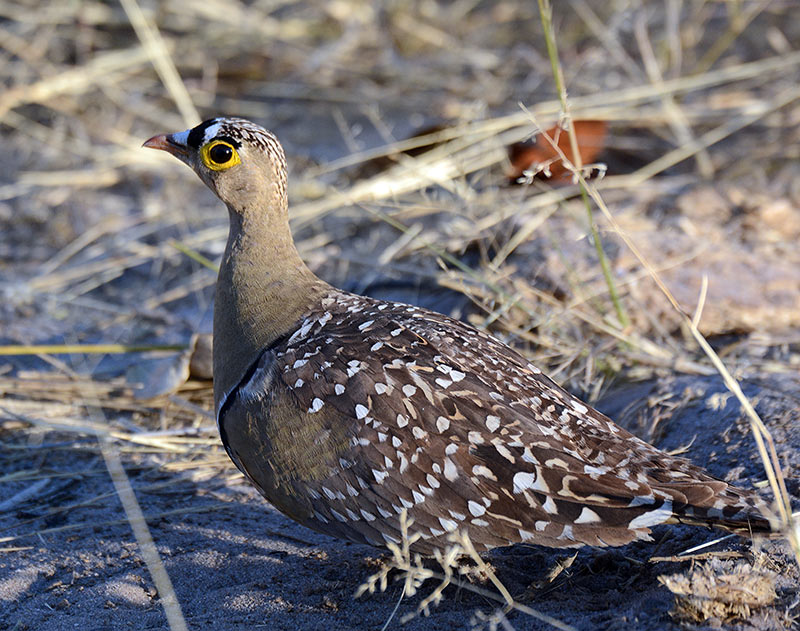
Double-Banded Sandgrouse (Pterocles bicinctus)
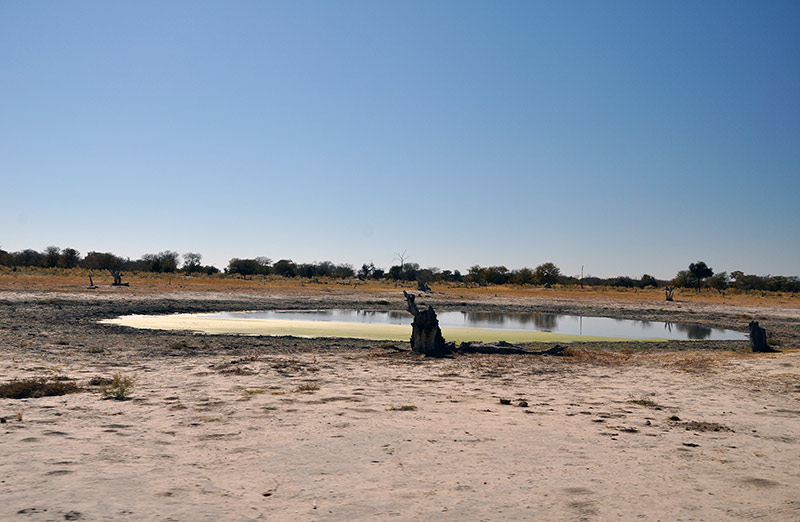
Waterhole in Moremi
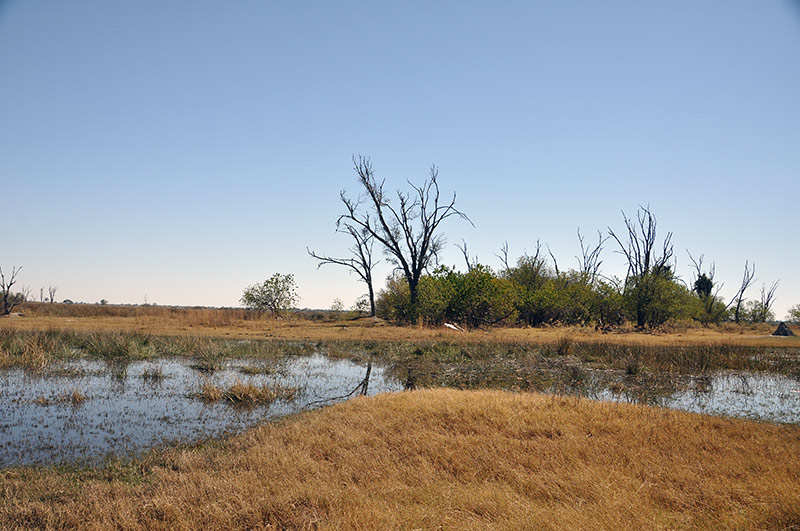
Moremi waterway
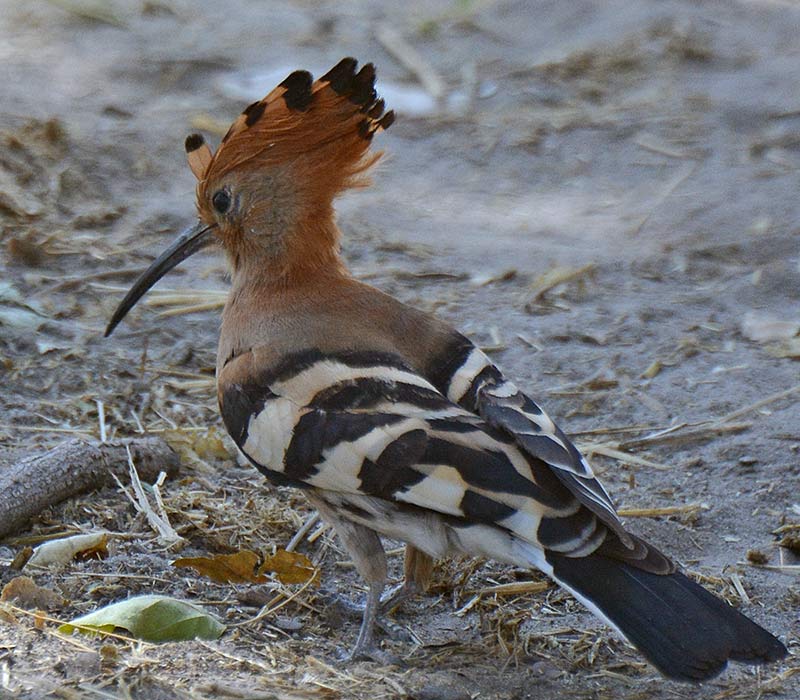
African Hoopoe (Upupa epops), is this the same species as we have in Europe?
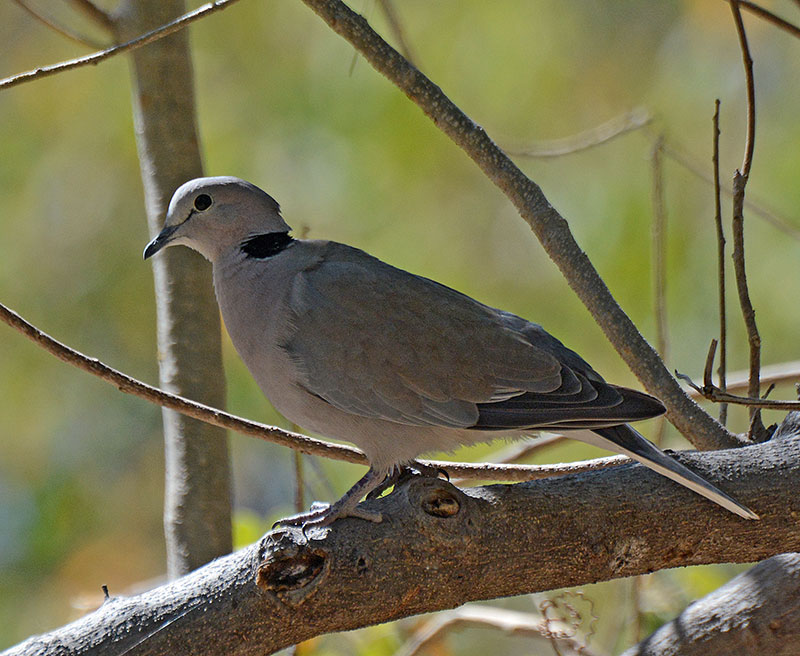
Ring-Neccked Dove (Streptopelia capicola). This bird, also called Cape Turtle Dove, was very common in the bushweld
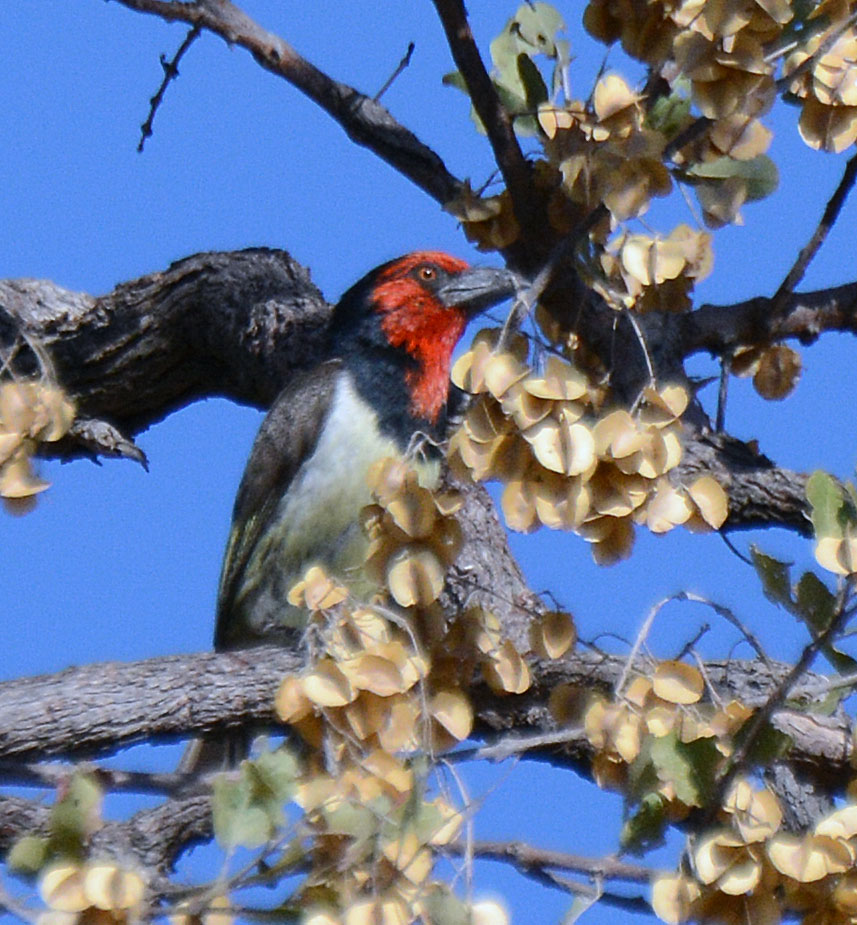
Black-collared Barbet (Lybius torquatus)
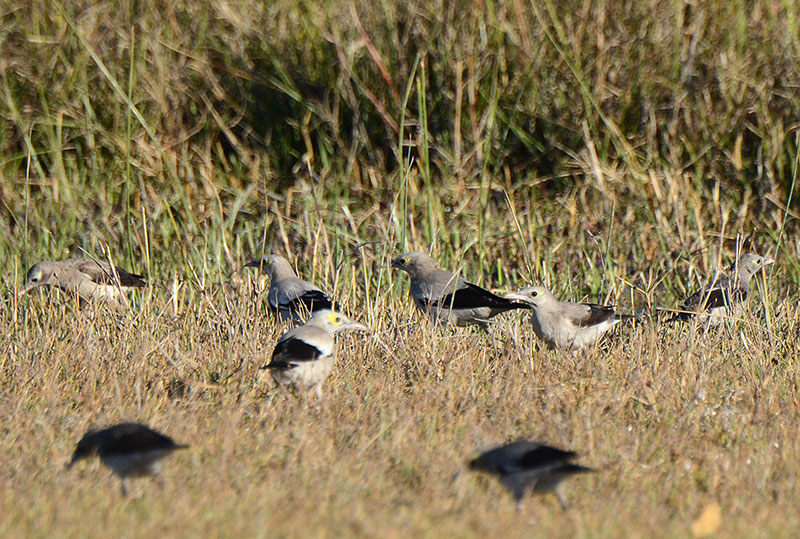
Wattled Starling (Creatophora cinerea)
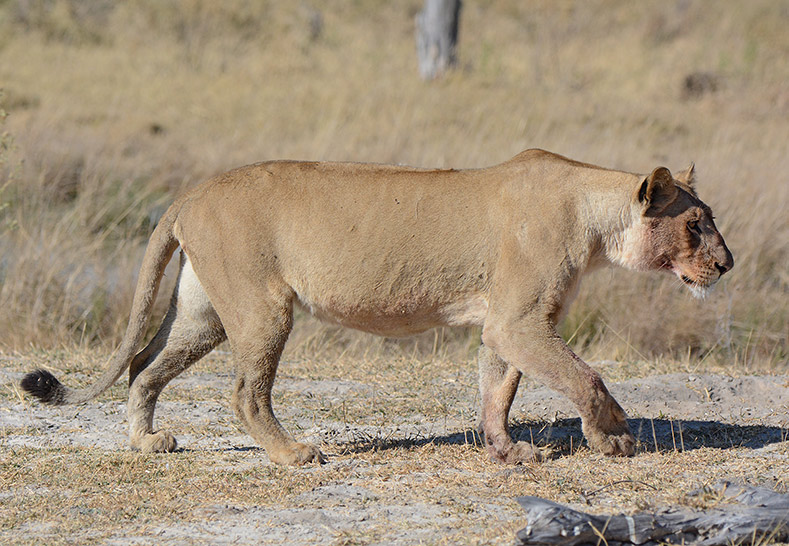
Lioness. We saw by far most male lions in Moremi. The guide explained it was too many males in the region, and they were killing off all the cubs
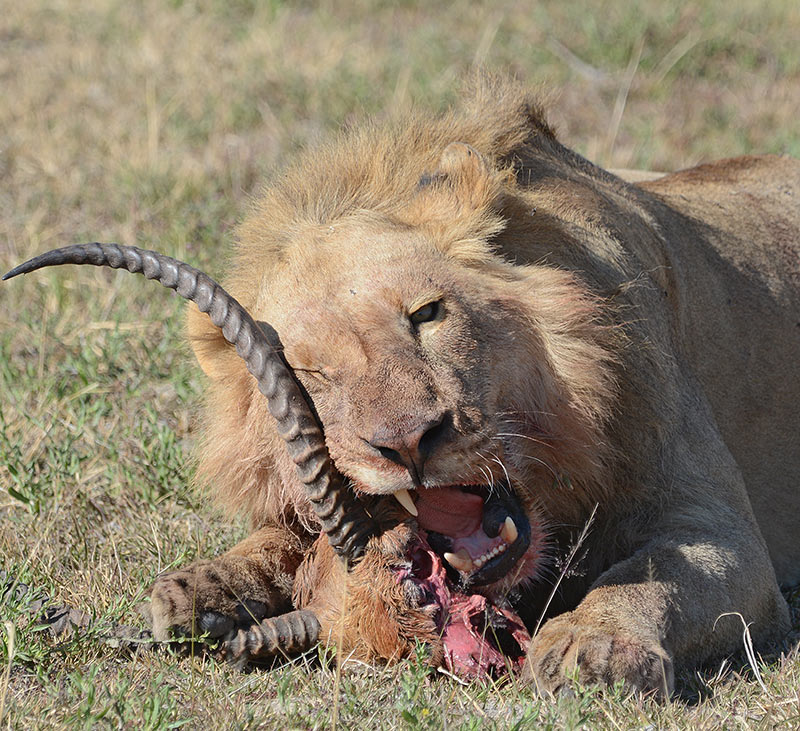
Young male lion finishing off a Red Lechwe
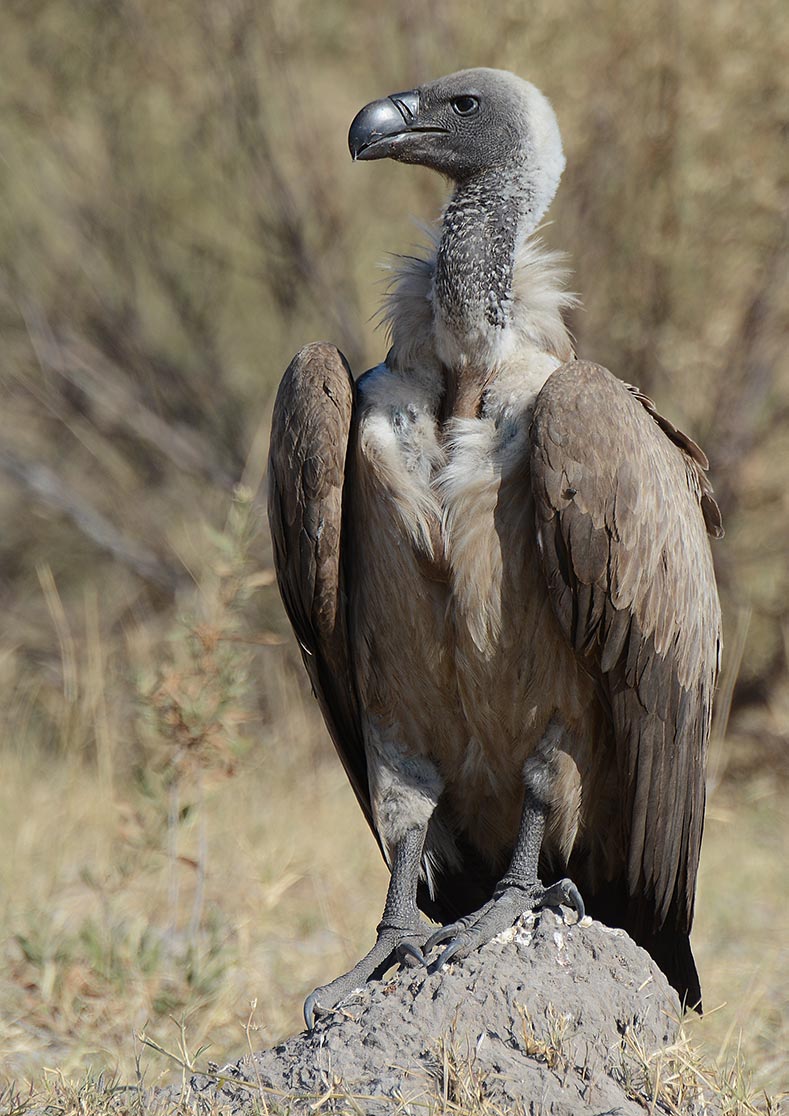
African White-Backed Vulture (Gyps africanus)
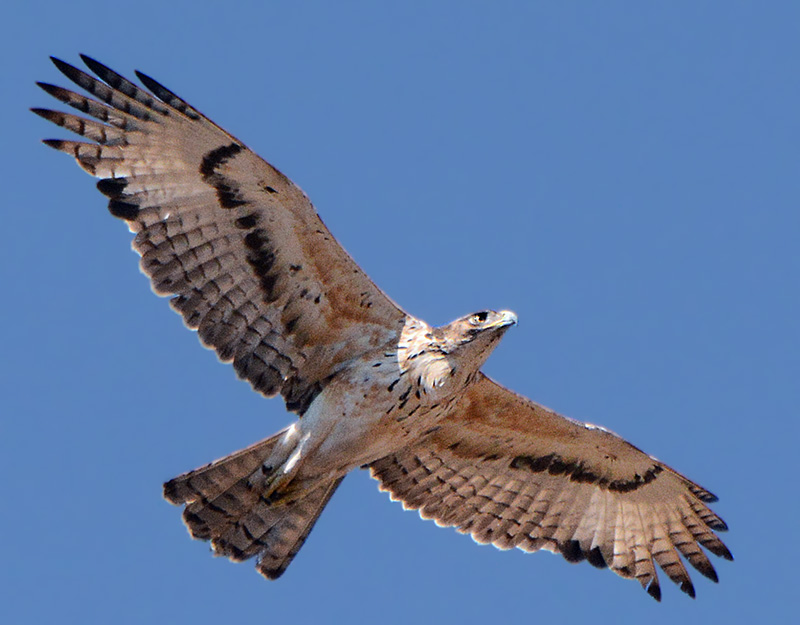
African Hawk Eagle (Aquila spilogaster)
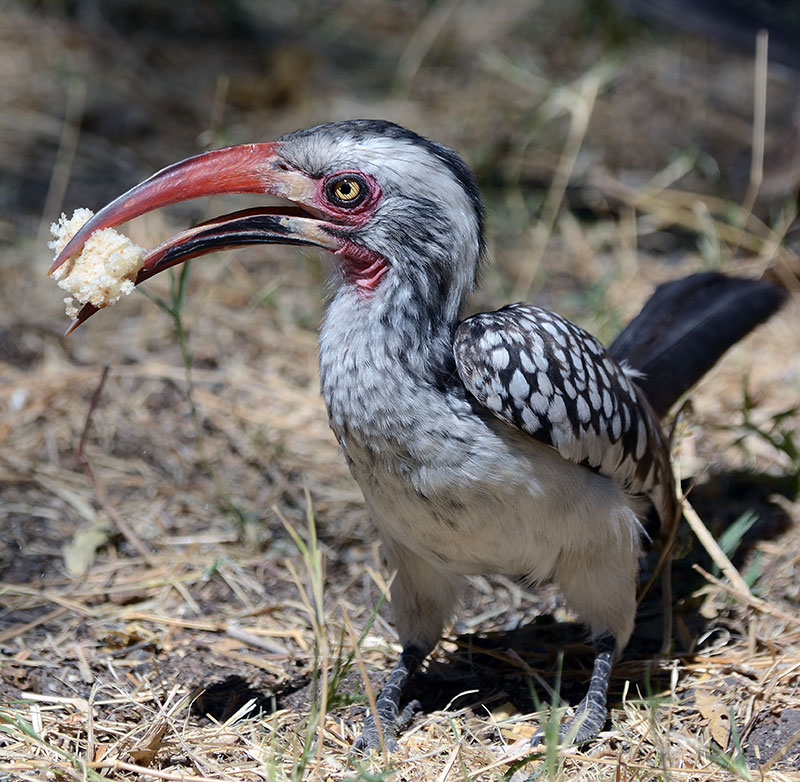
Feeding a male Southern Red-billed Hornbill (Tockus rufirostris) in the Xakanaxa campsite
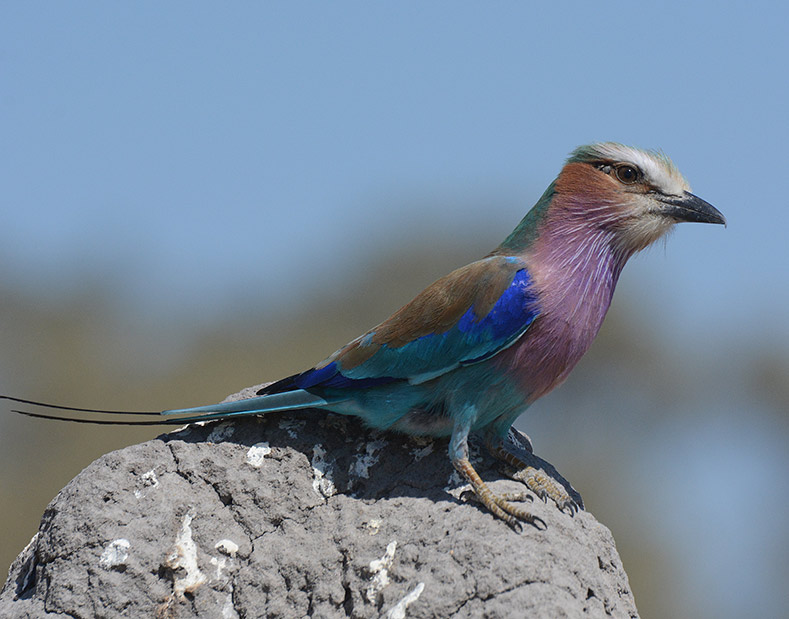
Maybe the most photogenic bird on the plains? The Lilac-Breasted Roller (Coracias caudatus)
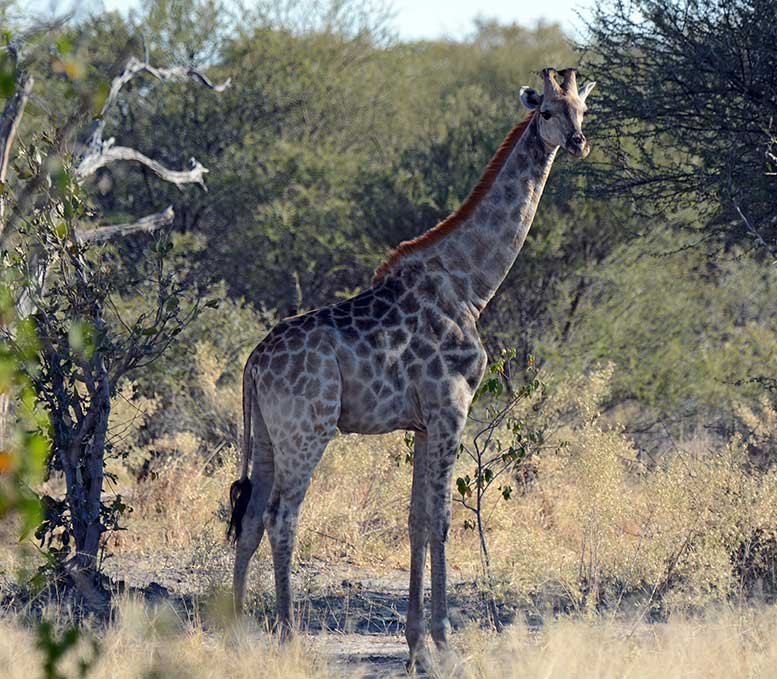
Good to be back in Botswana and smell the Mopane forest - The first wildlife to meet us was the giraffe. This is the South African Giraffe subspecies of the Southern Giraffe
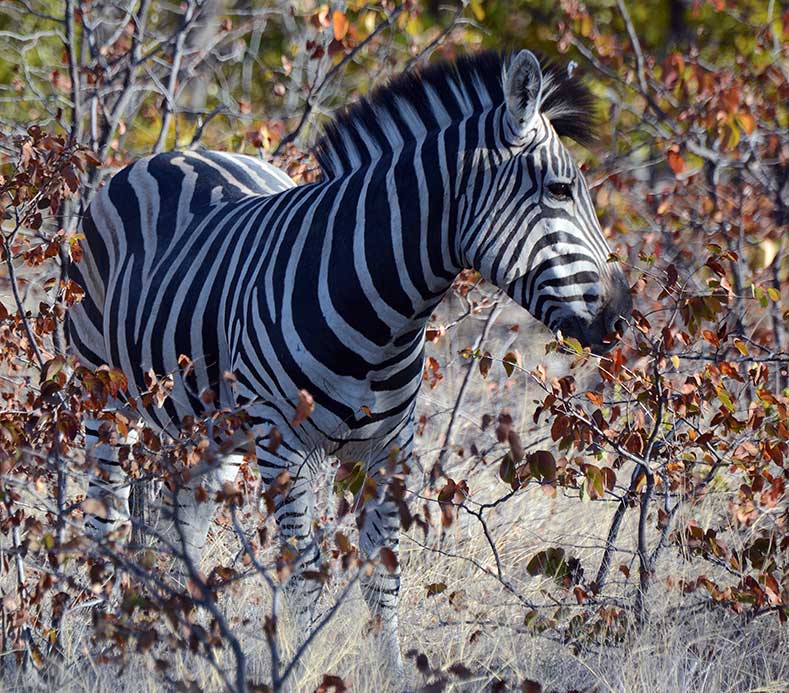
Wildlife viewing in the southern area is not easy, as the Mopane forest is thick. Here a Burchell's Zebra
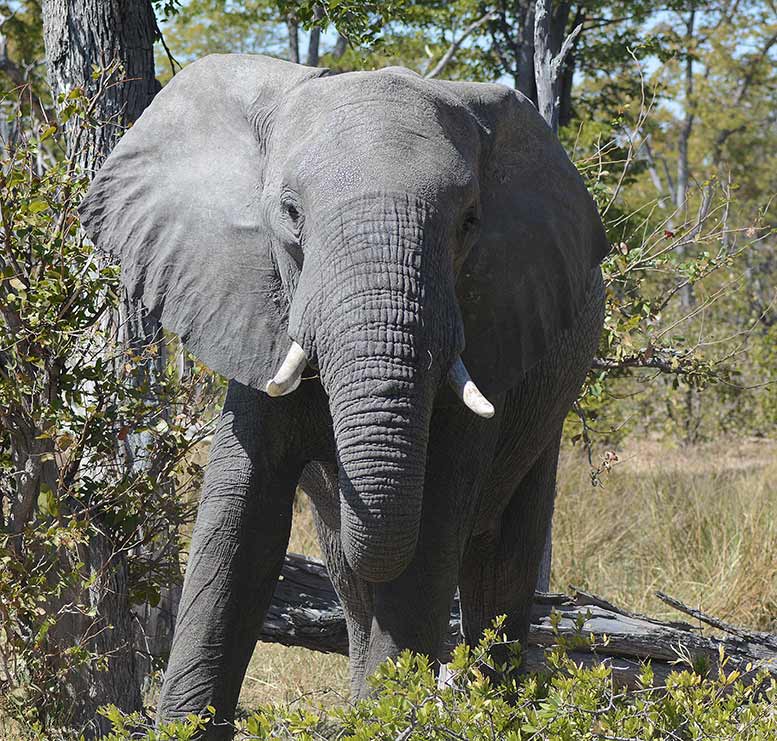
Elephant in the Moremi Mopane forest
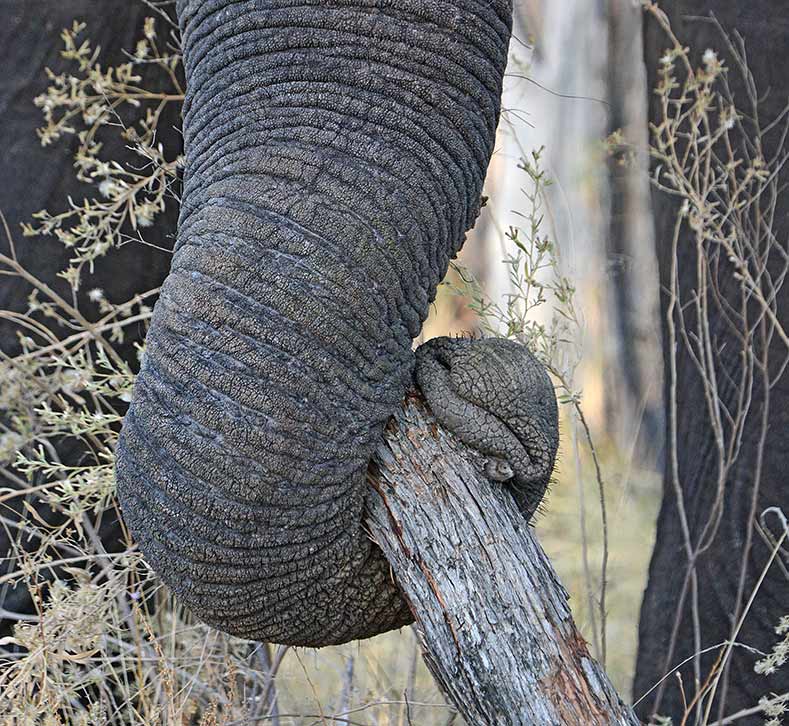
The business end of an elephant
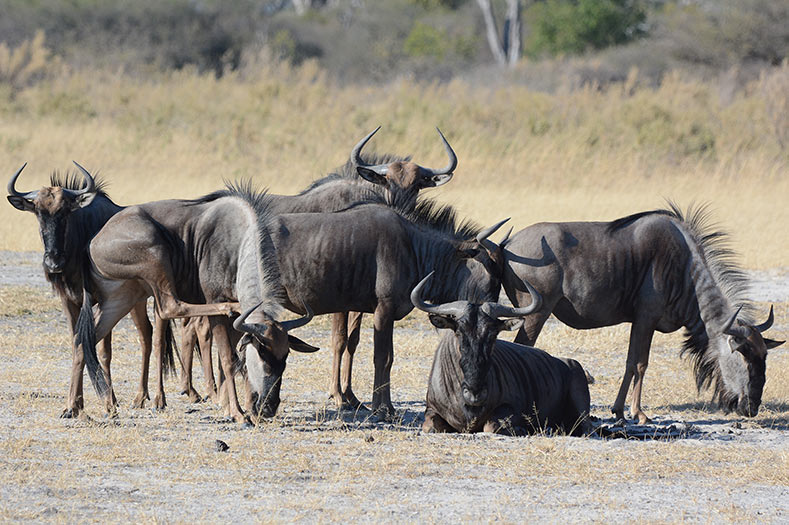
Blue Wildebeest (Connochaetes taurinus taurinus), also called Common Wildebeest or Brindled Gnu, found in northern parts of Southern Africa, is one of 5 subspecies of Blue Wildebeest
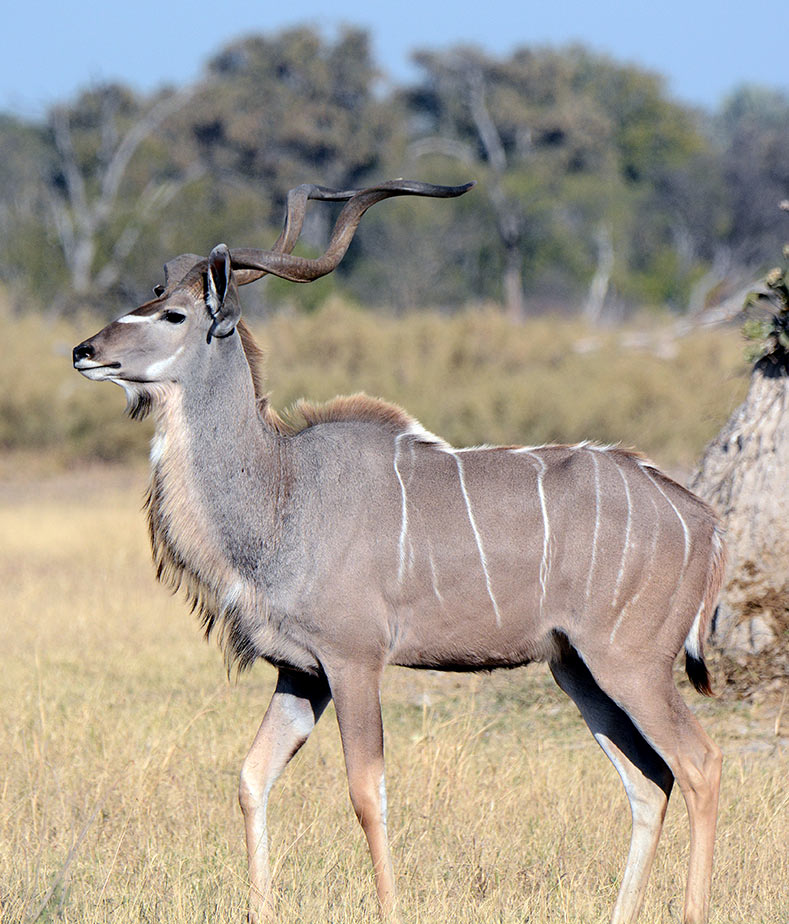
Southern Greater Kudu (Tragelaphus strepsiceros strepsiceros)
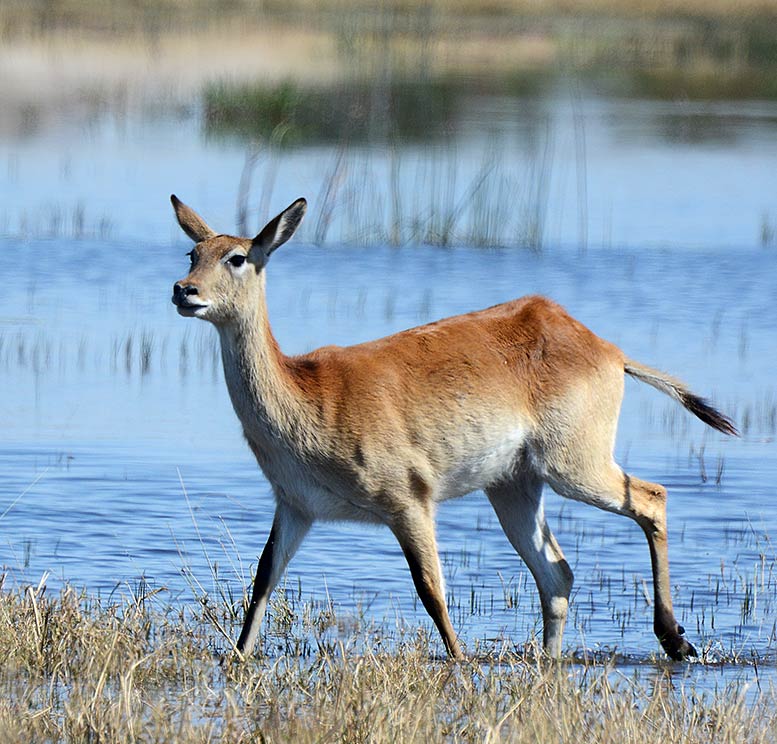
Red Lechwe ewe (Kobus leche ssp. leche), the most common antelope in the Okavango Delta. These water-loving antelopes, having long splayed hooves allowing them to move easily over the marshy ground, occur in the Democratic Republic of Congo, Angola, the Caprivi Strip in Namibia, Zambia and Botswana

Okavango Red Lechwes
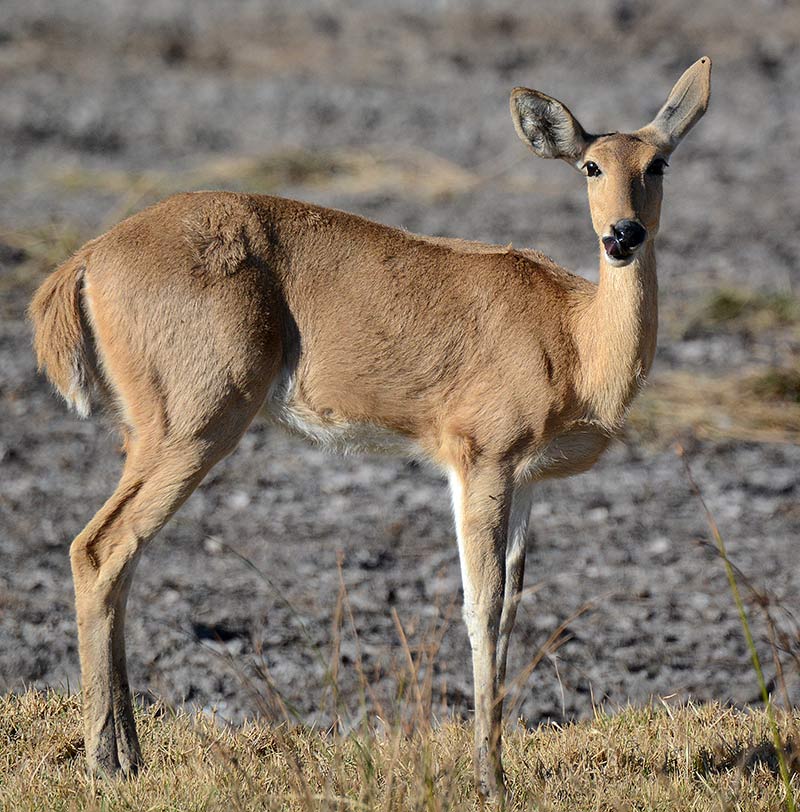
Southern Reedbuck ewe (Redunca arundinum)
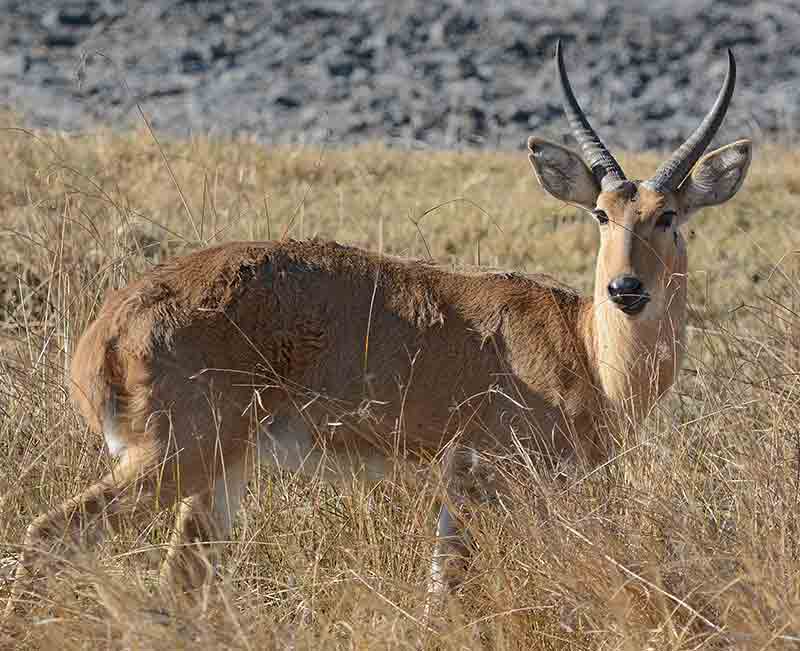
Southern Reedbuck ram
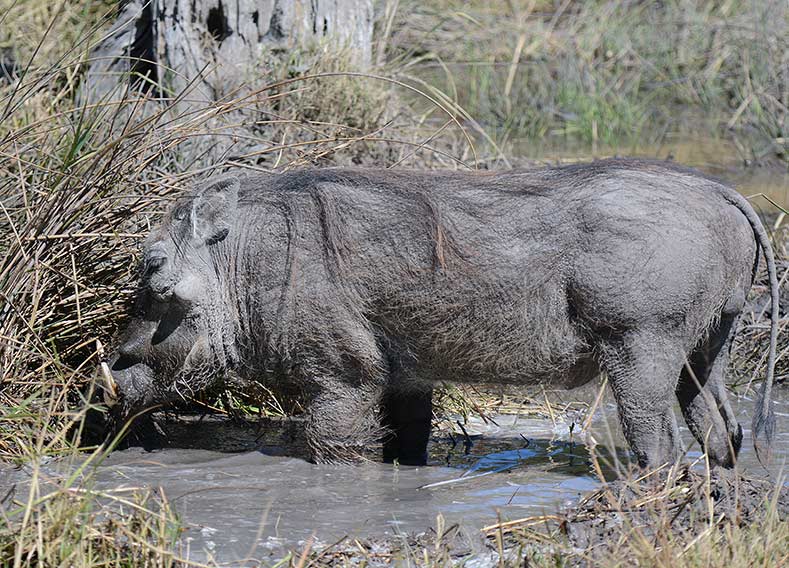
A Southern Warthog (Phacochoerus africanus sundevallii) messing around
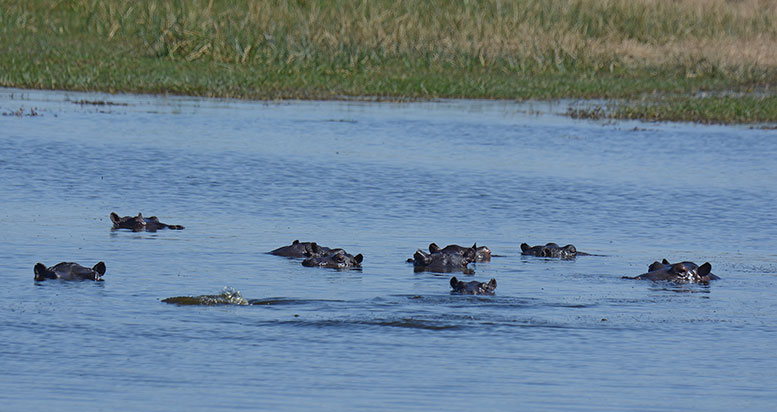
Okavango Delta hippos
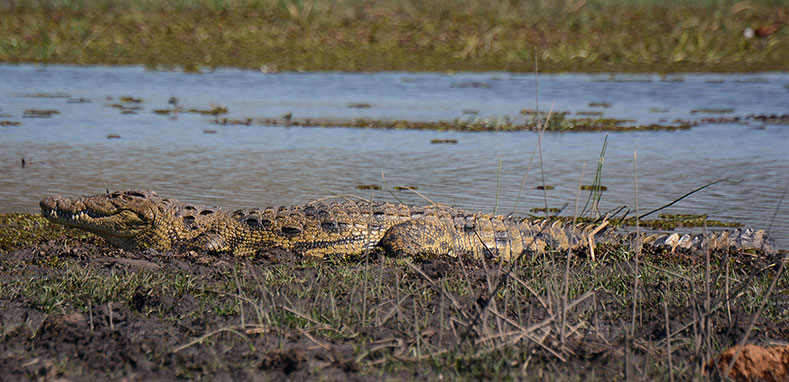
A crocodile in the Okavango. Surprisingly few crocs to be seen, maybe they were hibernating during the cold winter period?
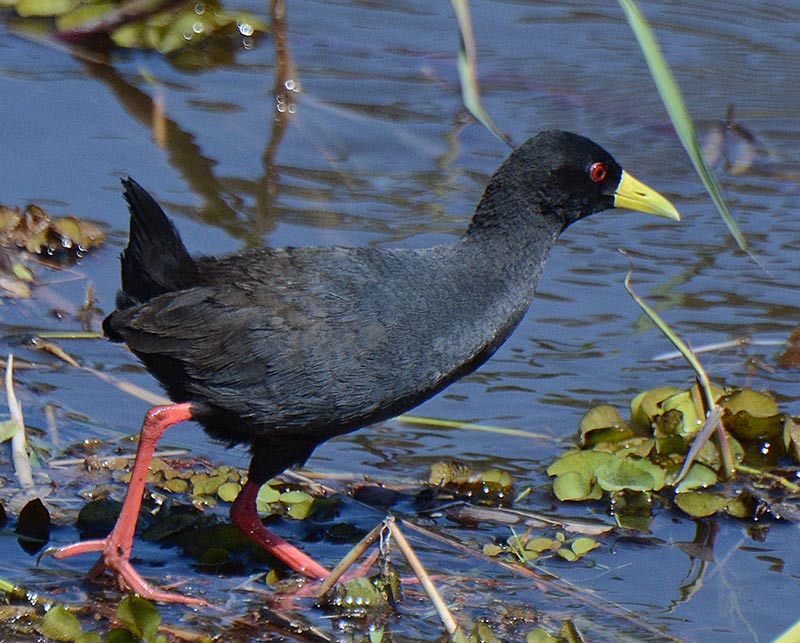
Black Crake (Amaurornis flavirostra), seen beneath the Khwai Bridge between Moremi Game Reserve and the Khwai Community Area
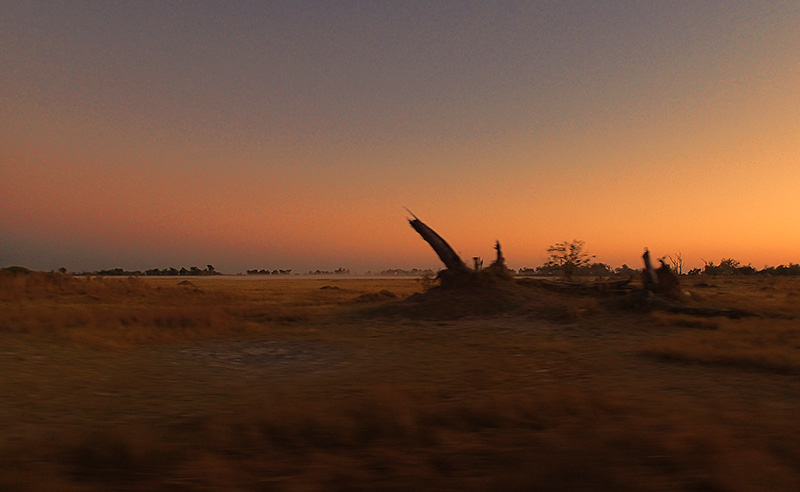
Moremi dawn
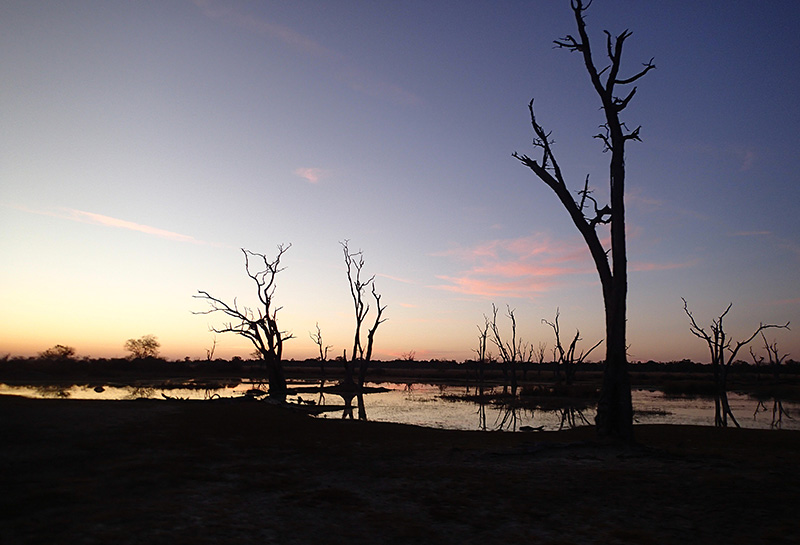
The sun is rising
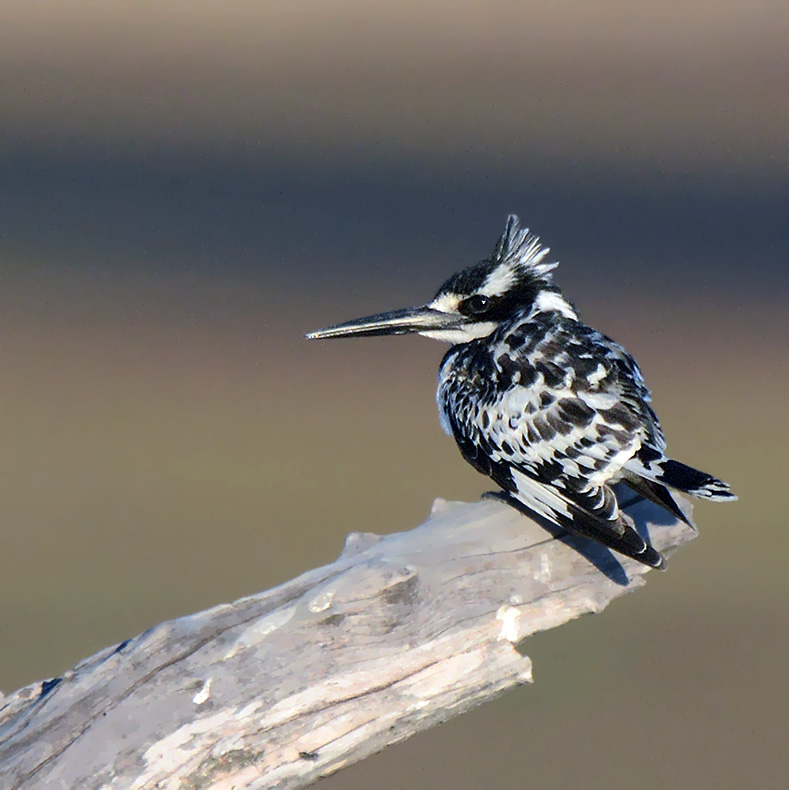
Pied Kingfisher (Ceryle rudis)
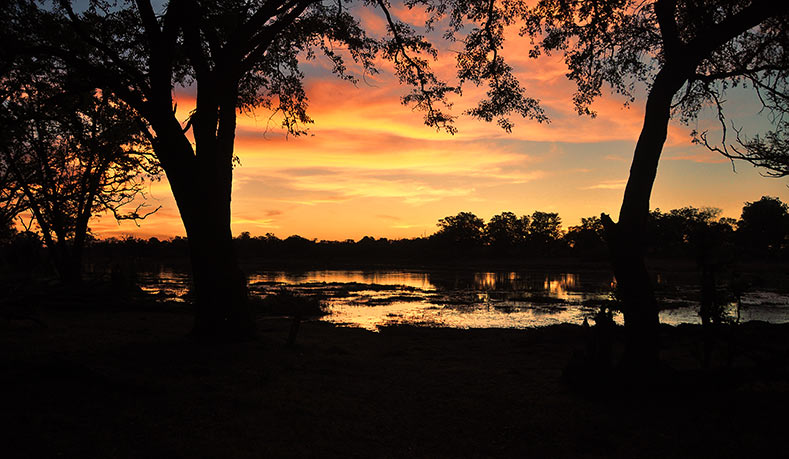
Okavango Delta sunrise
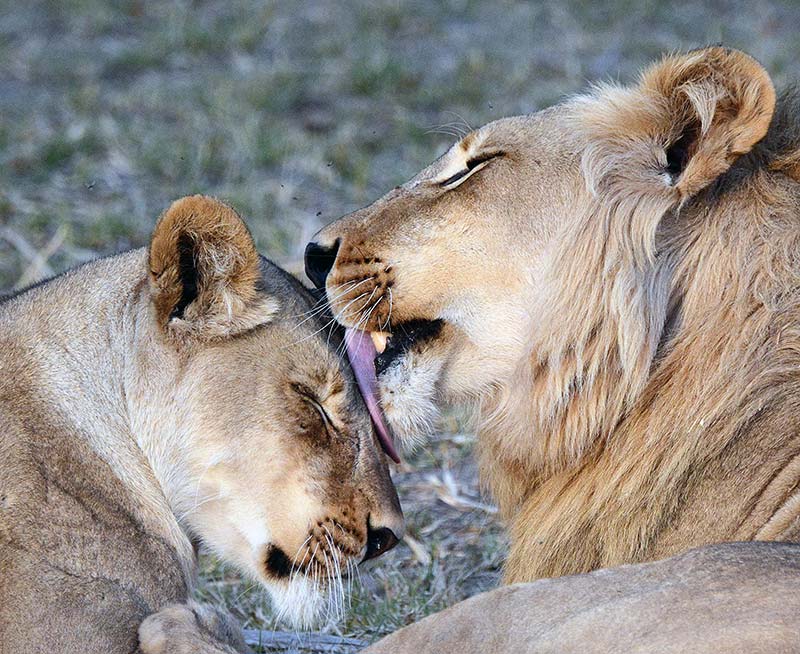
The guide speculated that these two, encountered at sunset, were siblings. The guide was an expert finding the big cats. This time he noticed some barking impalas, and saw in which direction they were looking. And sure enough, soon two lions wandered into an opening in the woods
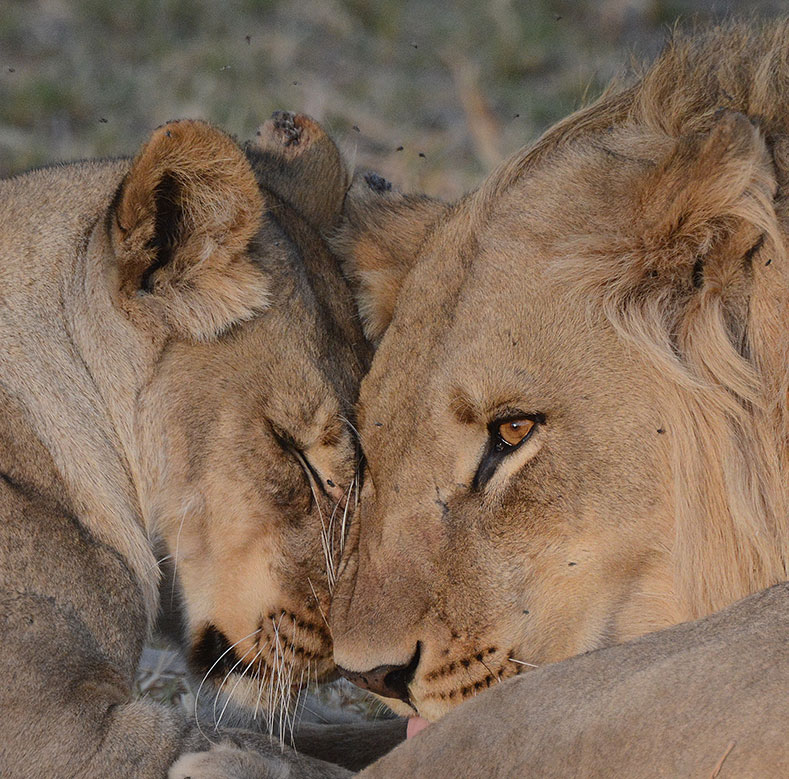
Cosy, maybe except those pesky flies ...
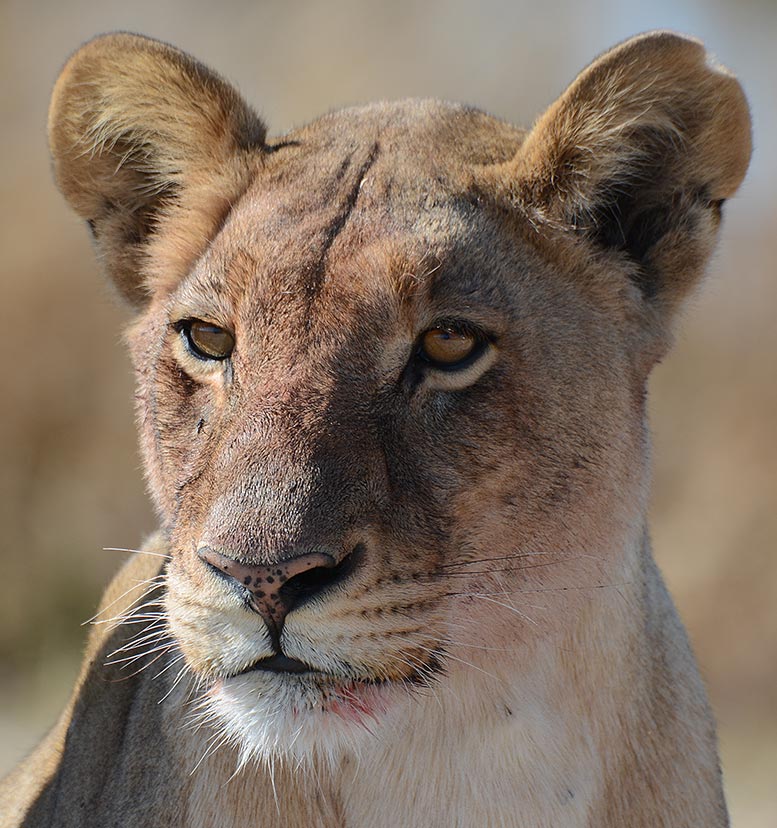
Lioness
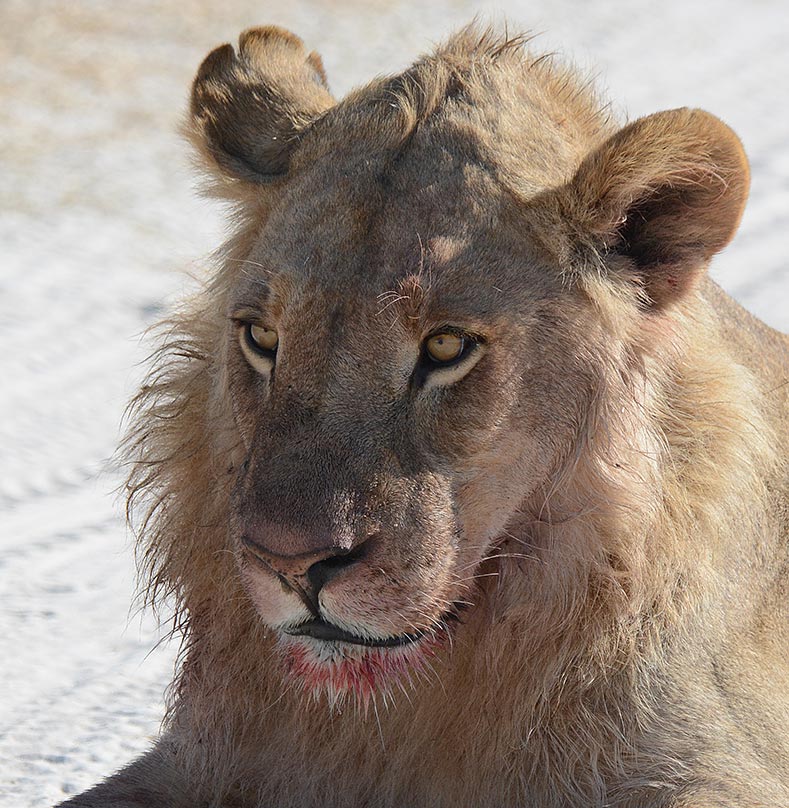
Punk-ass youngster male lion with a bloody beard